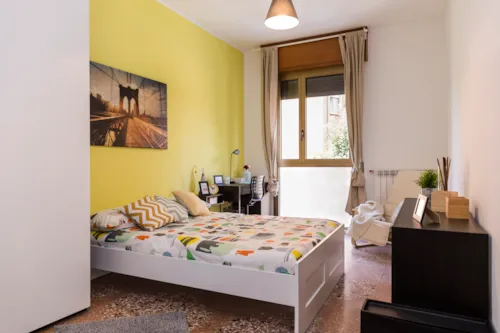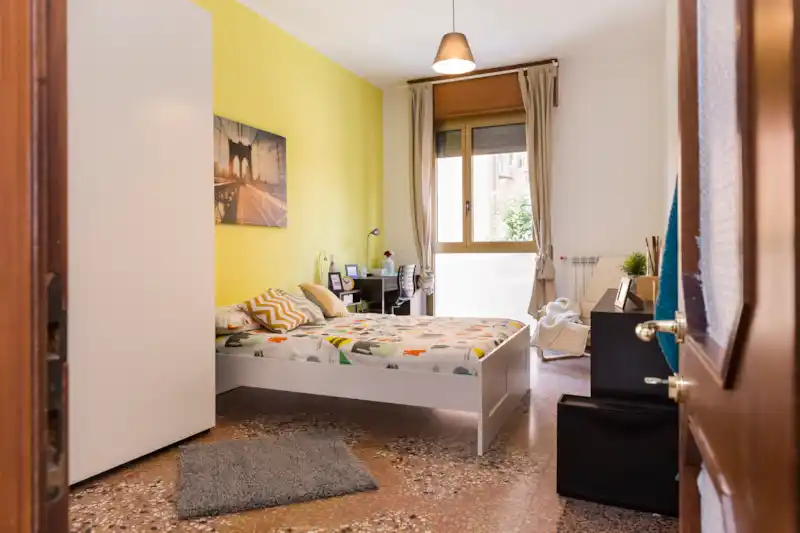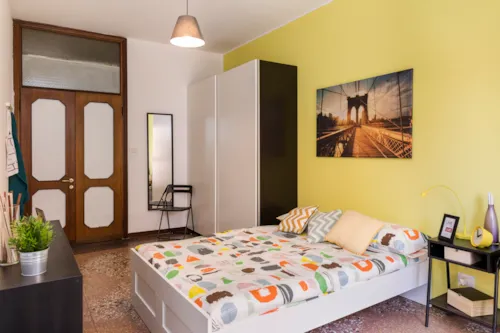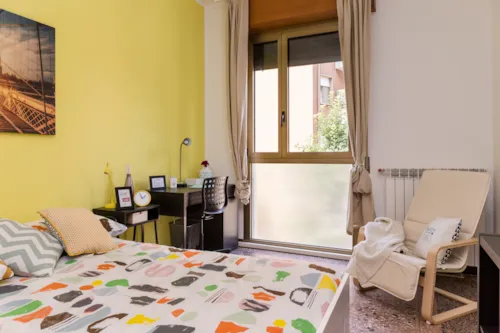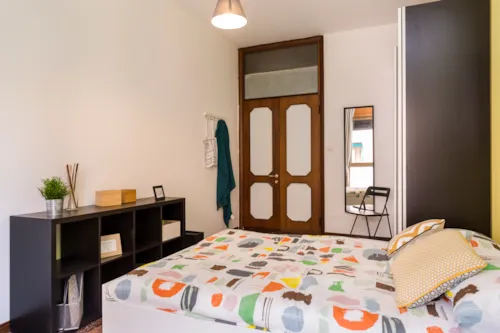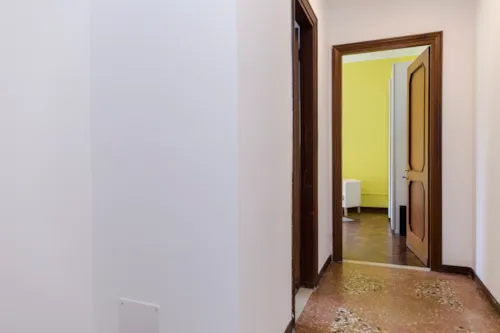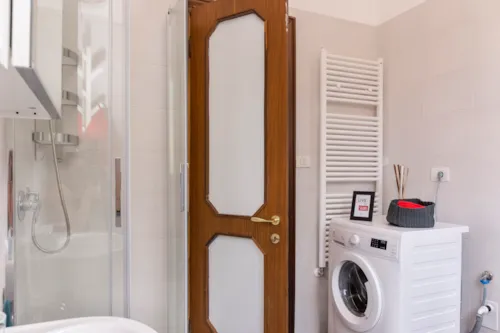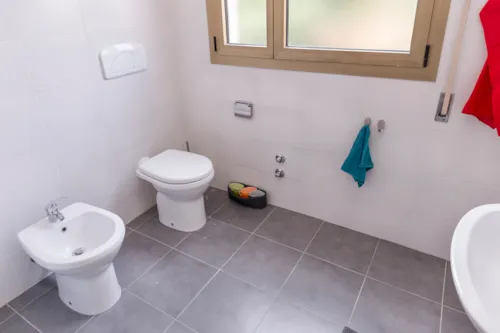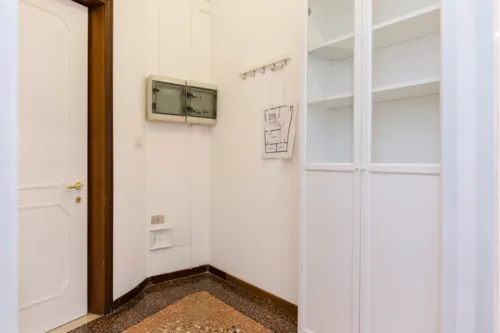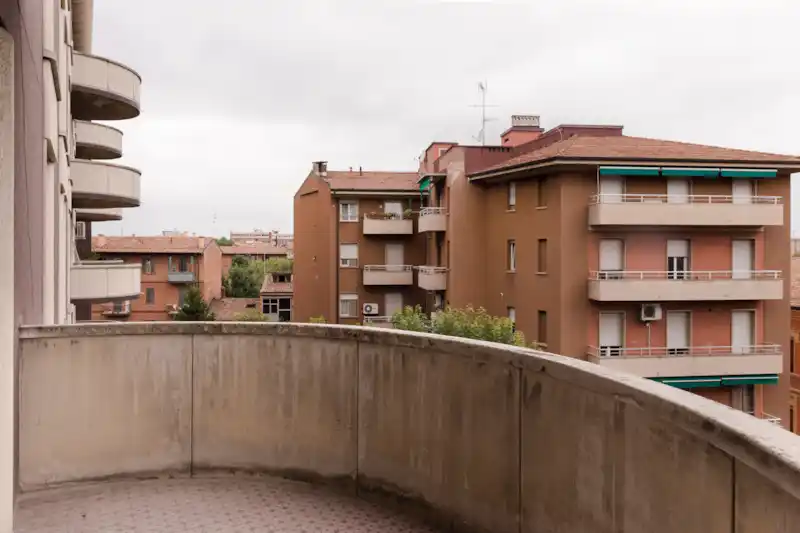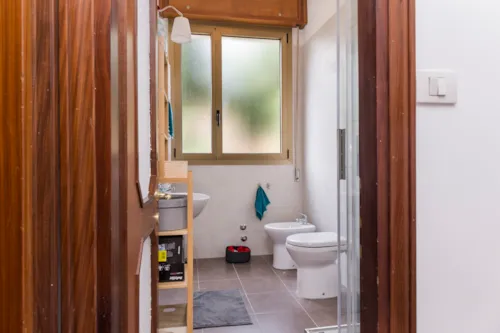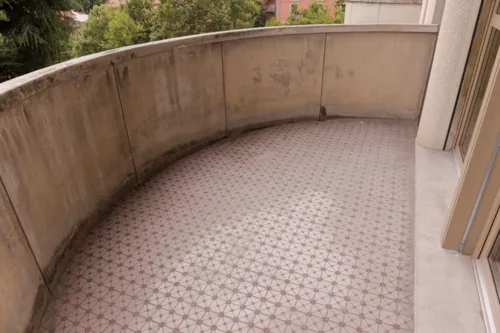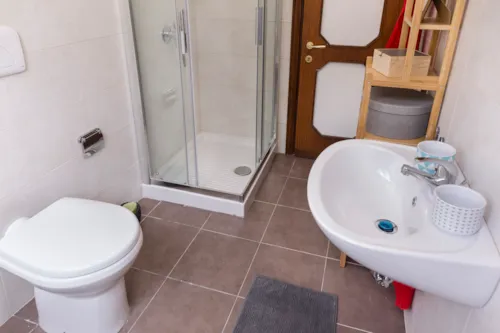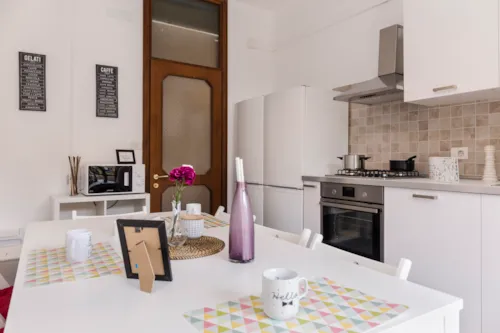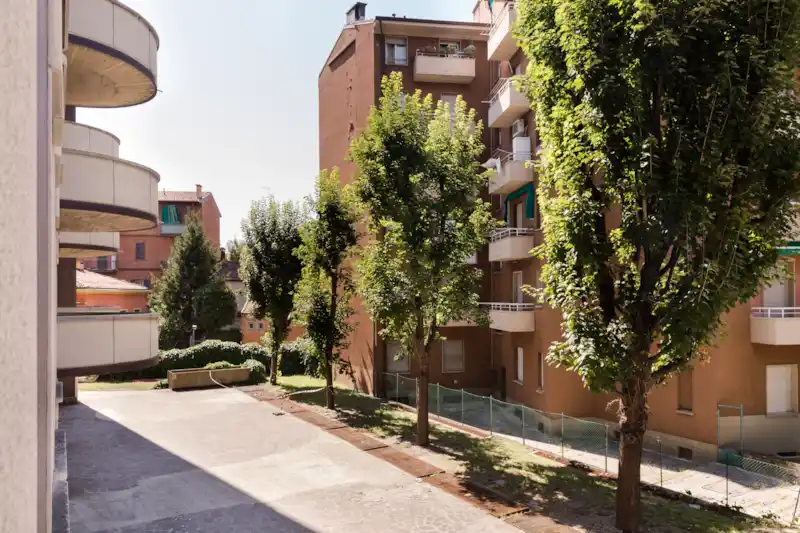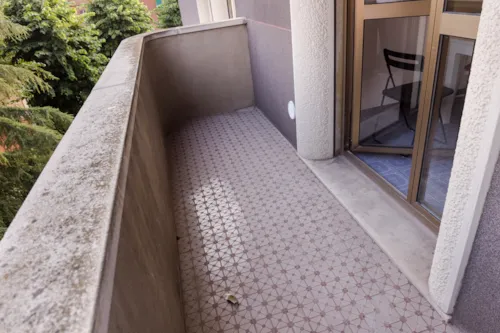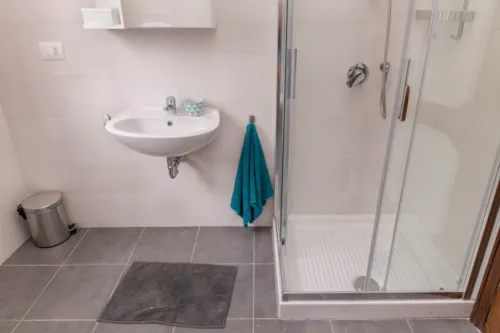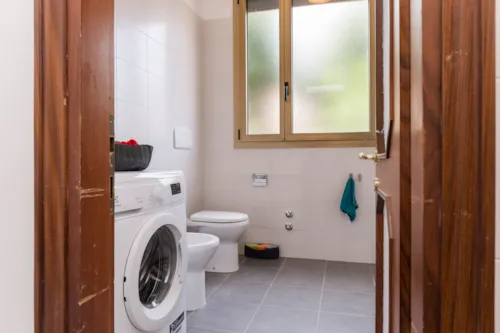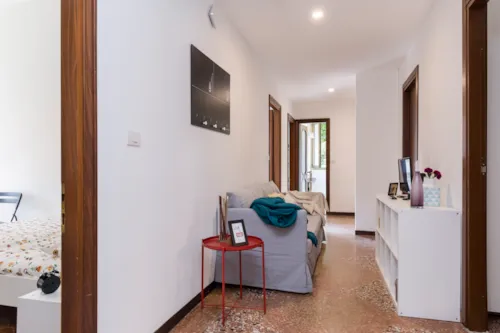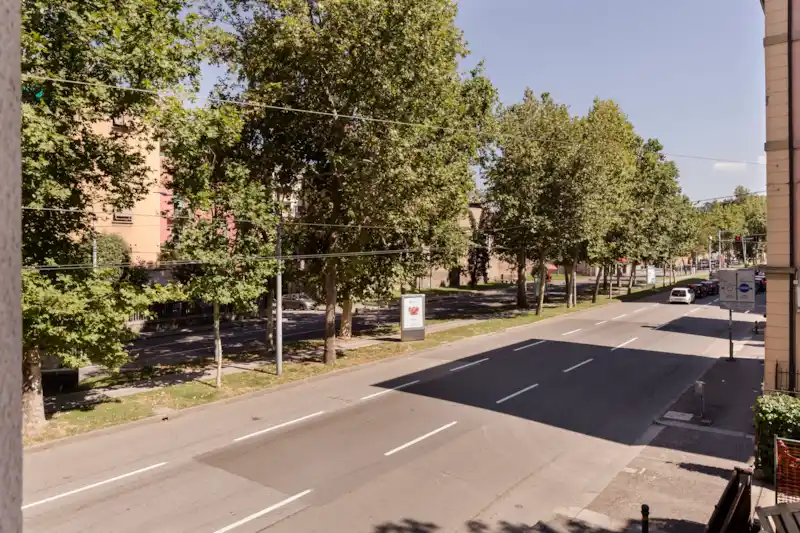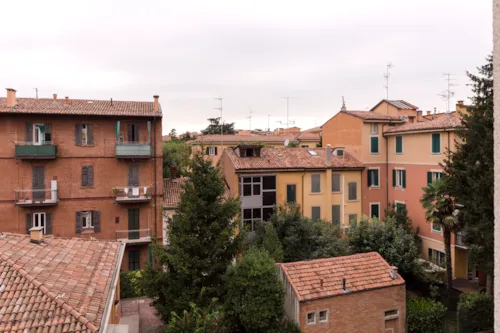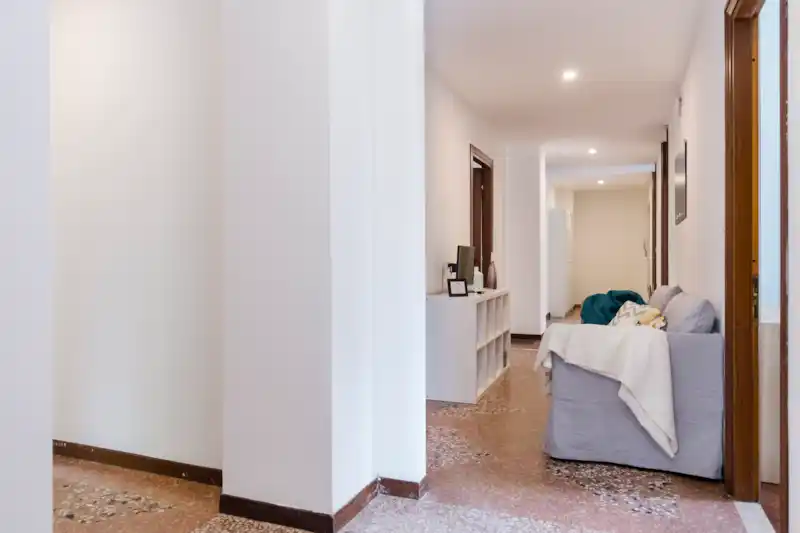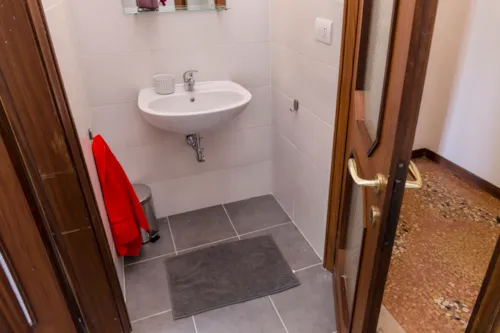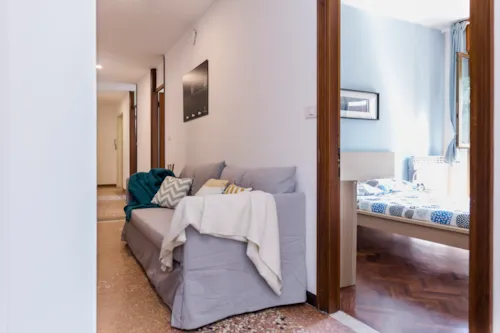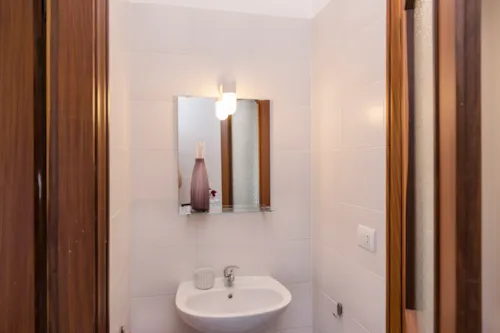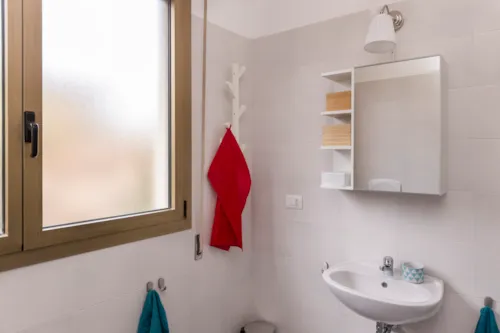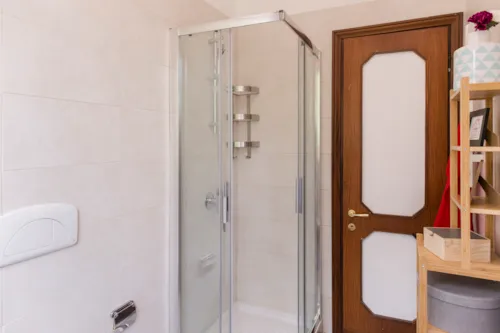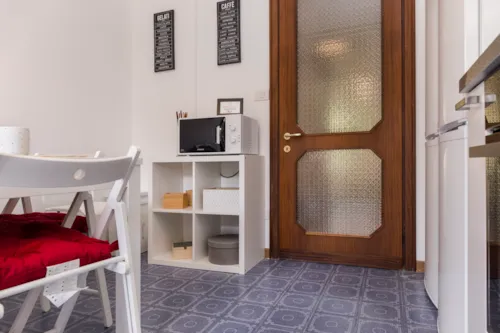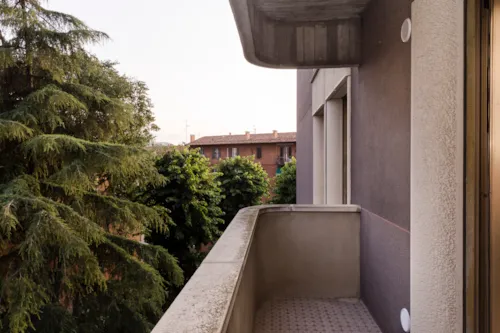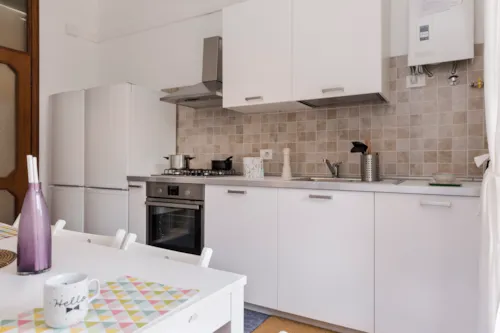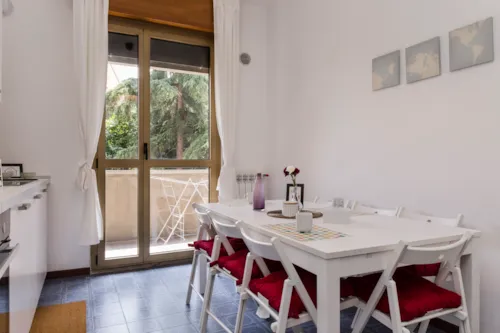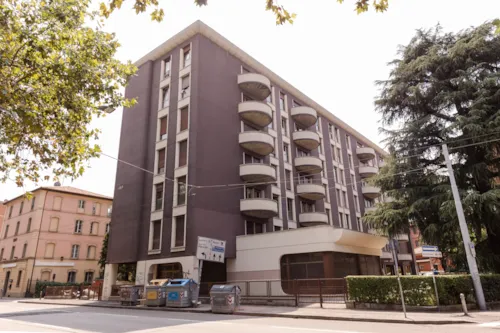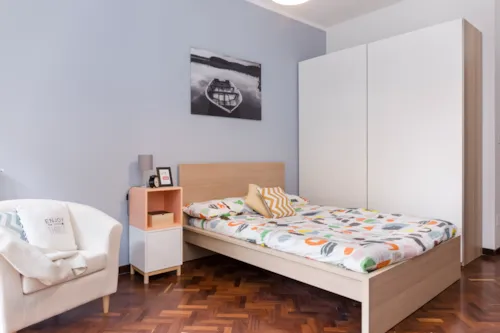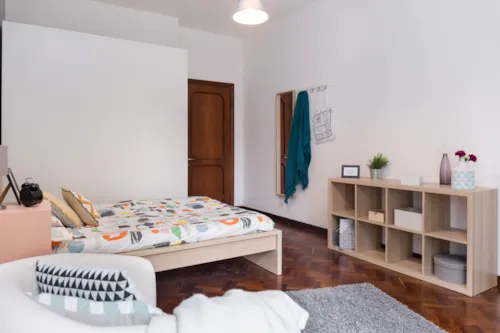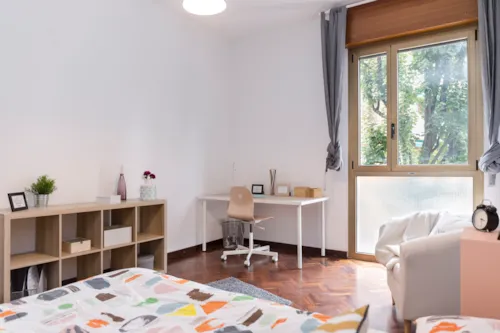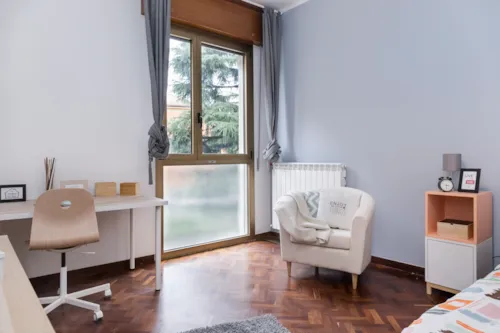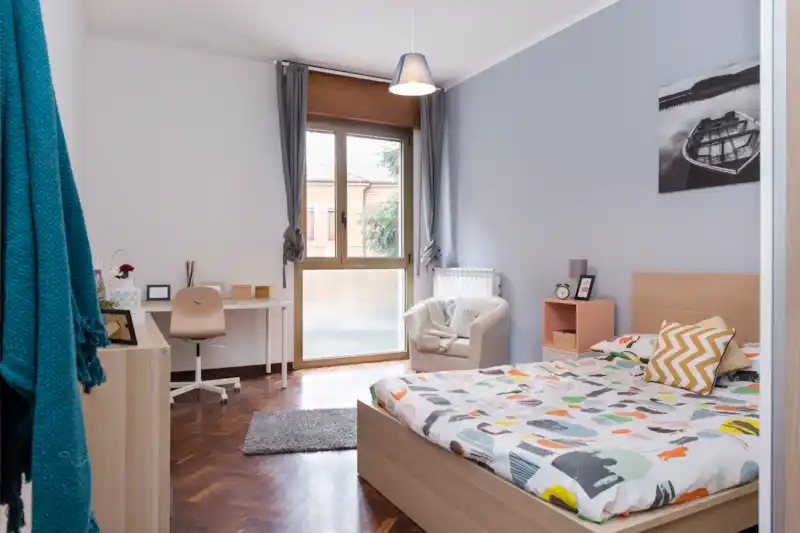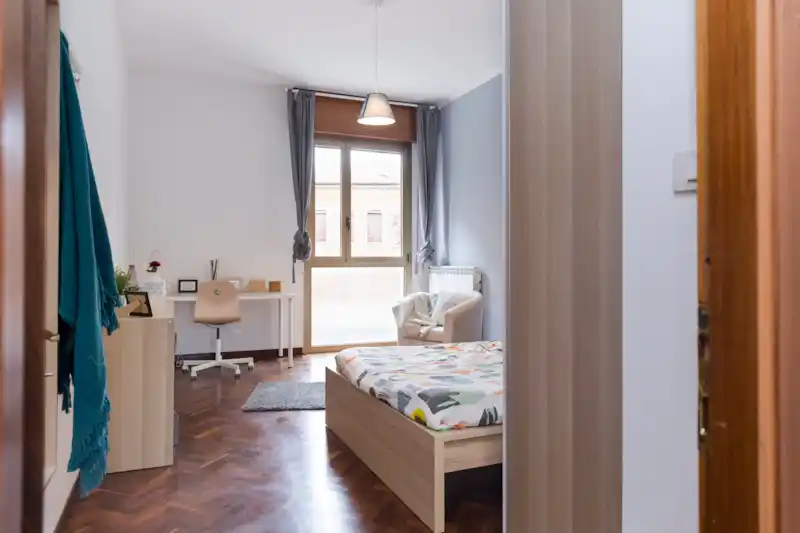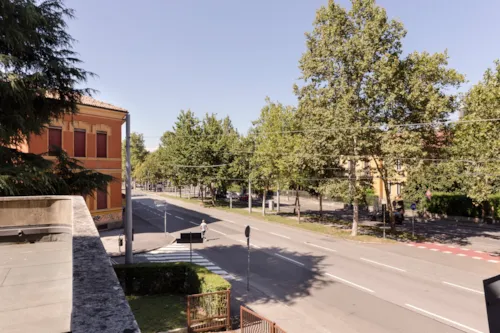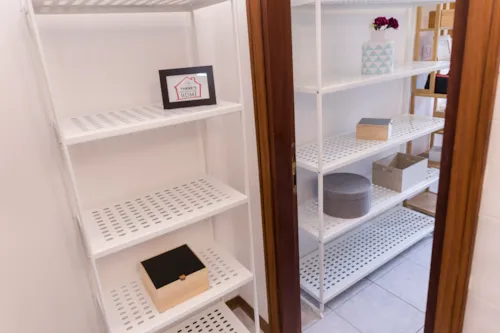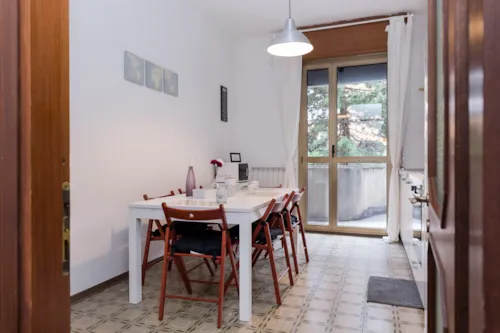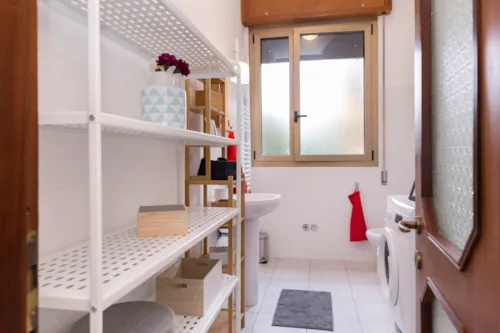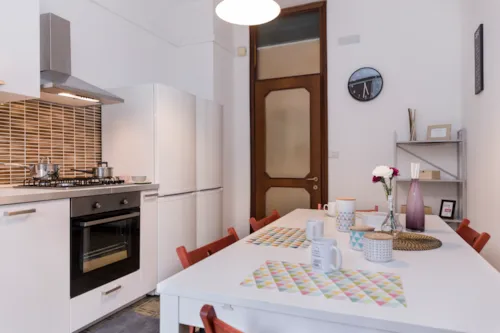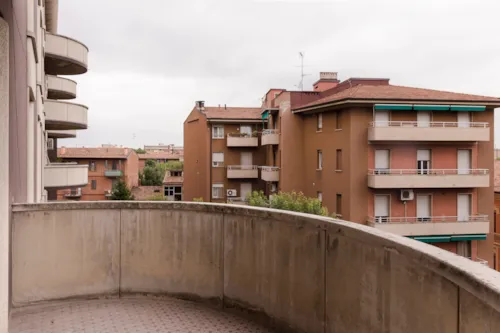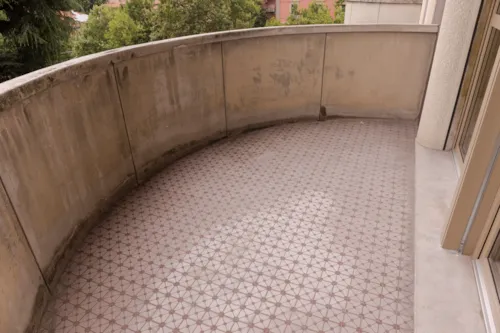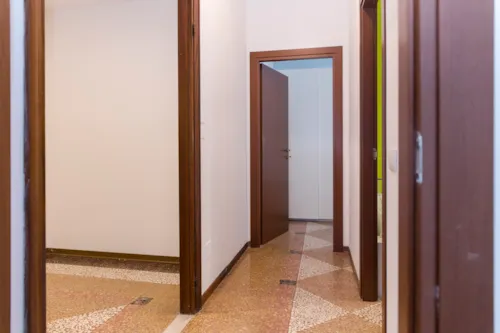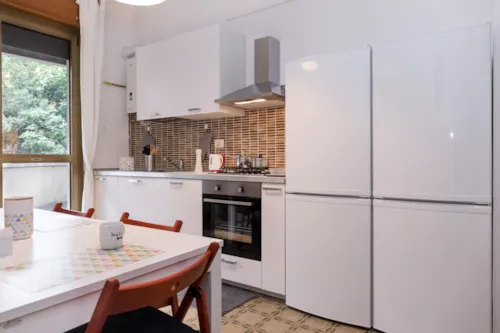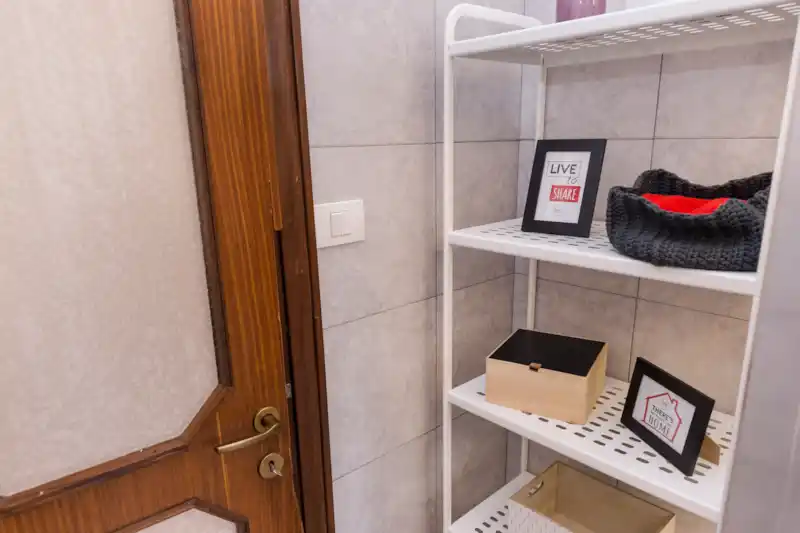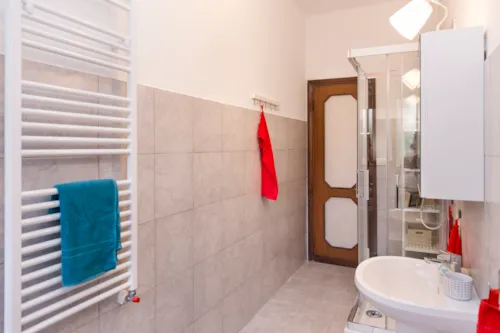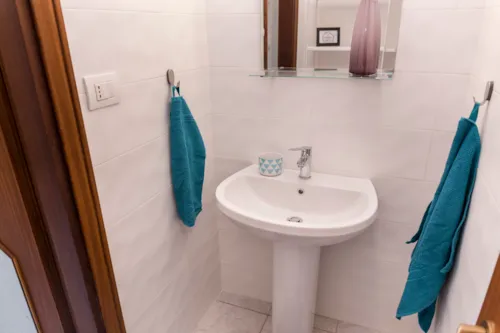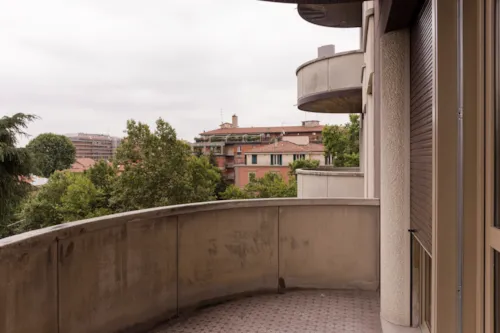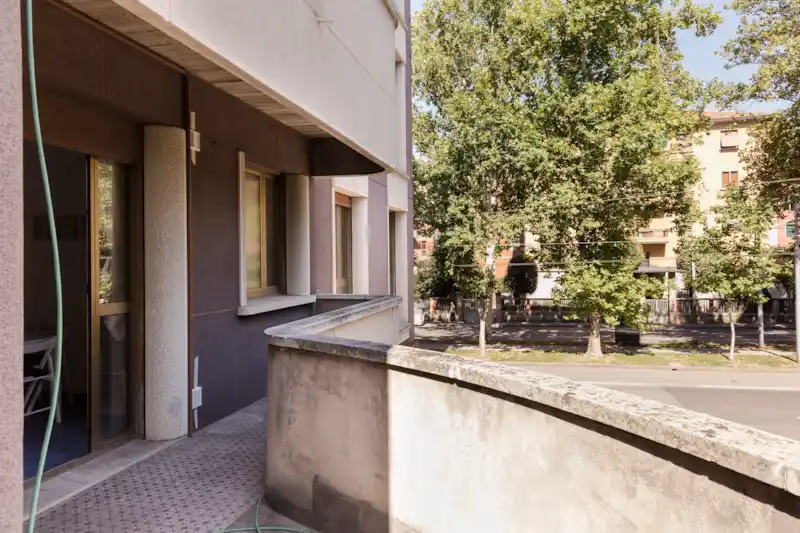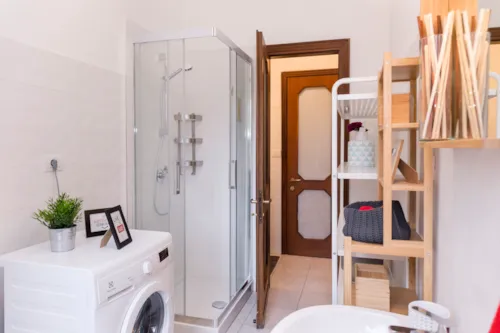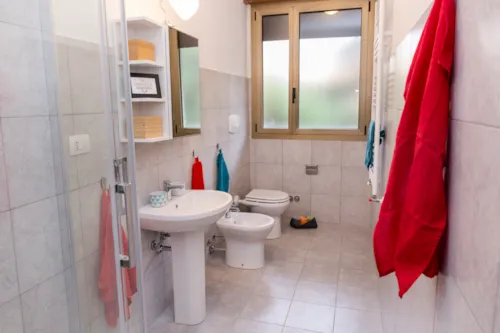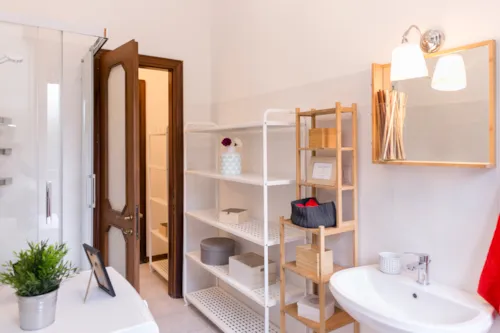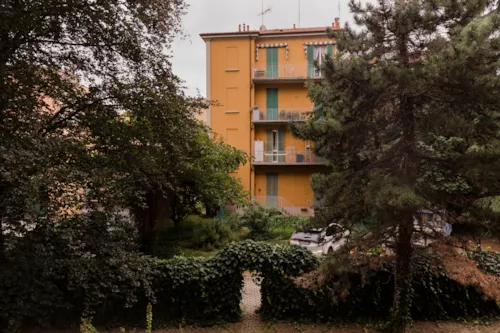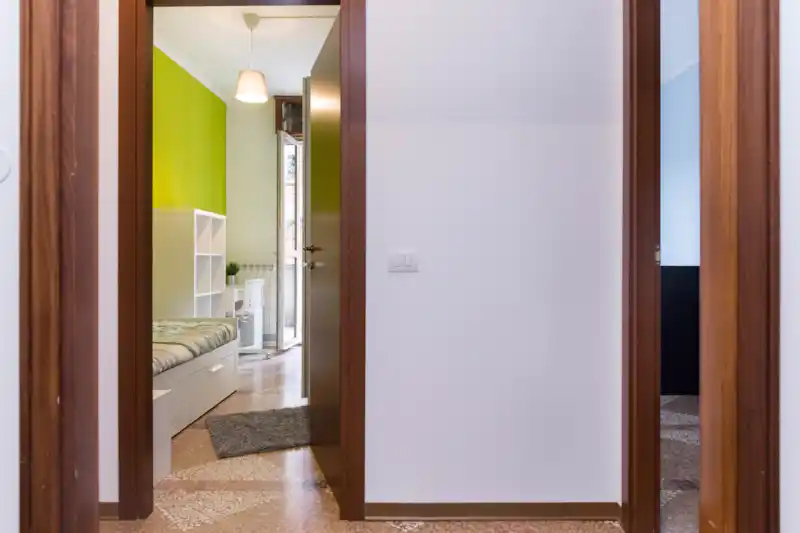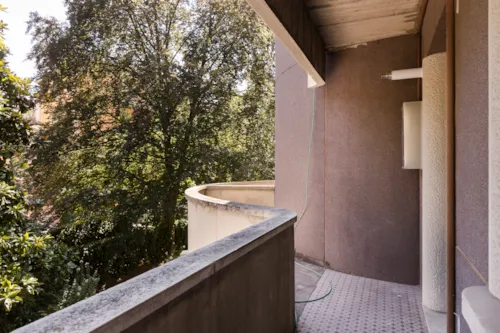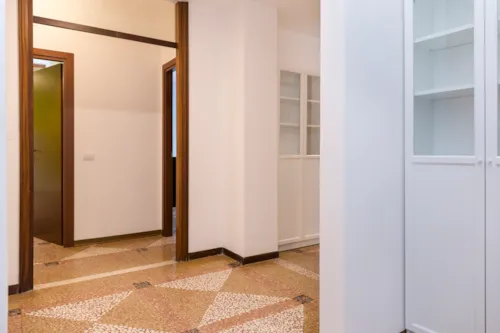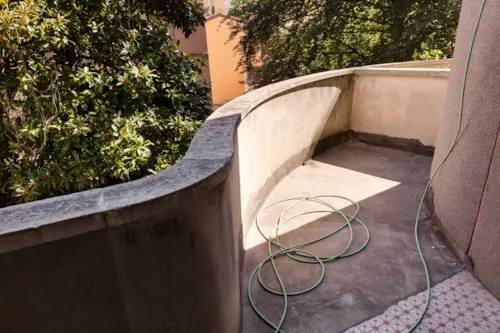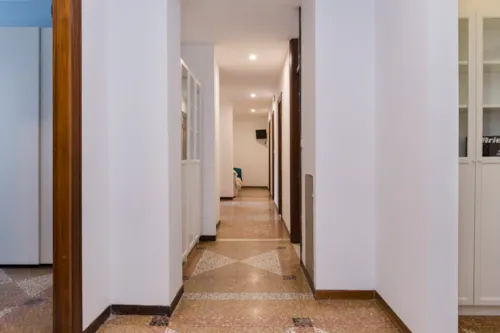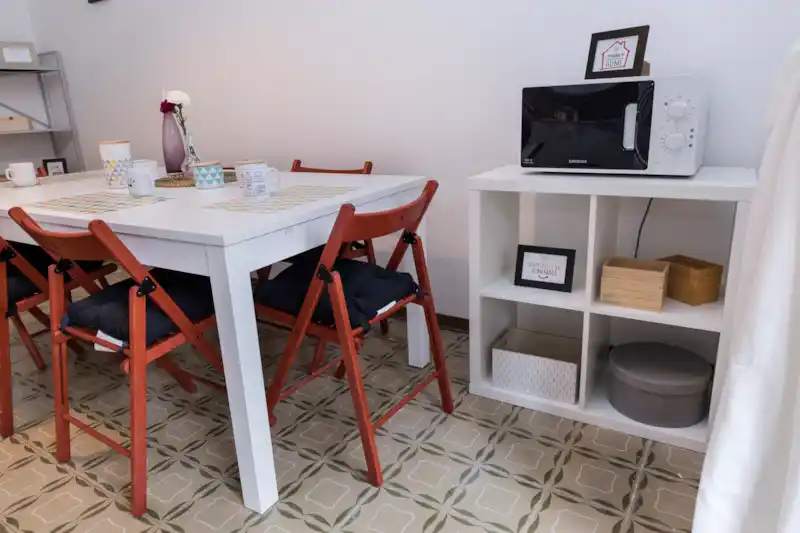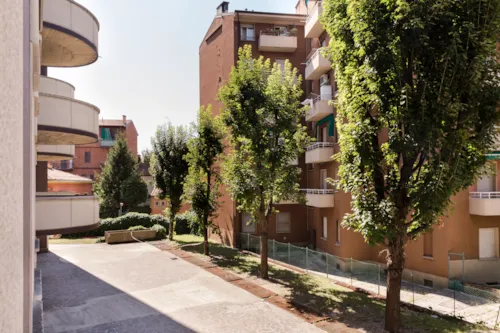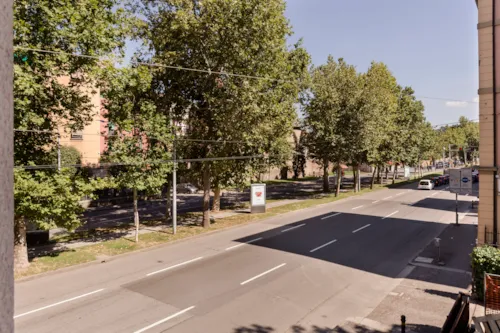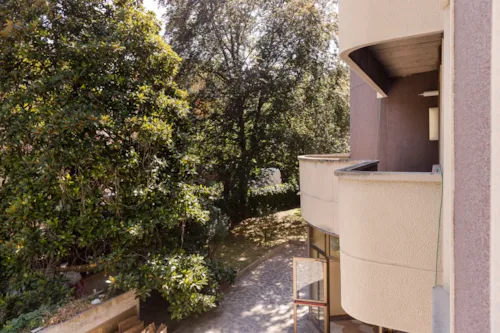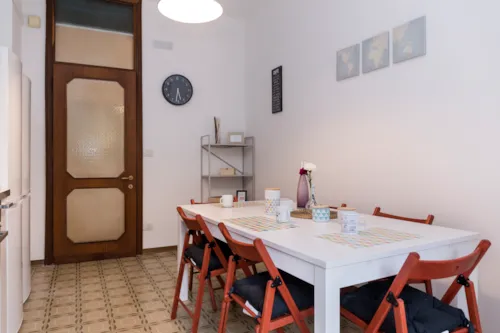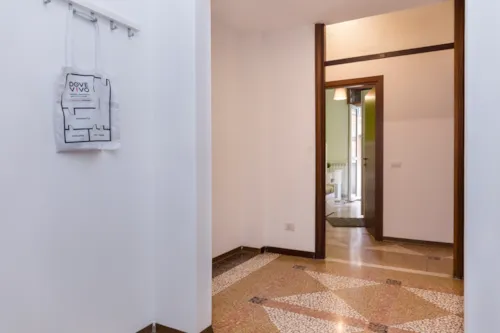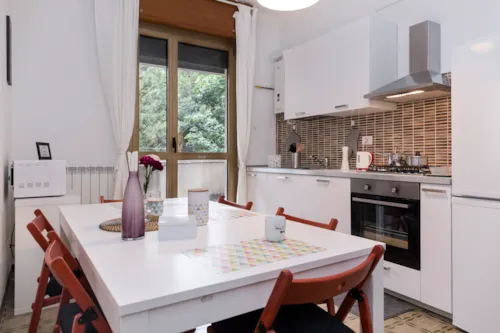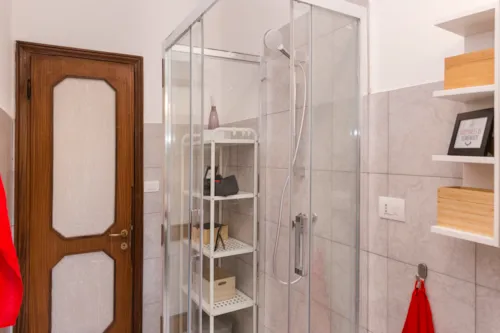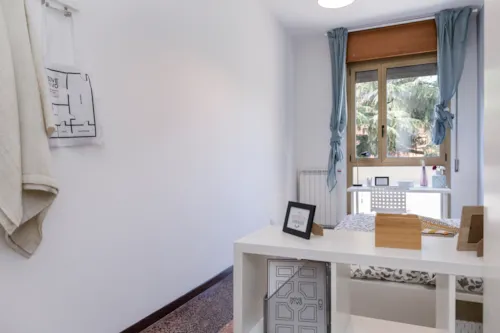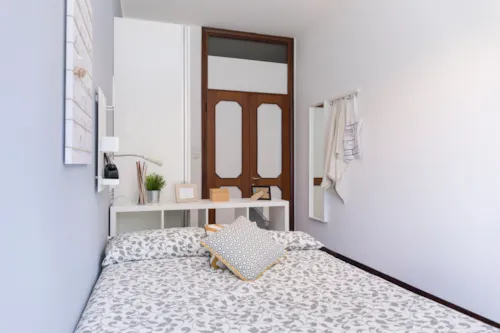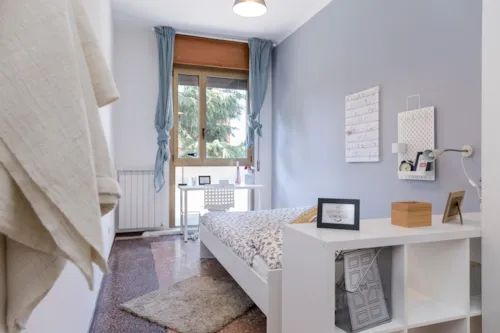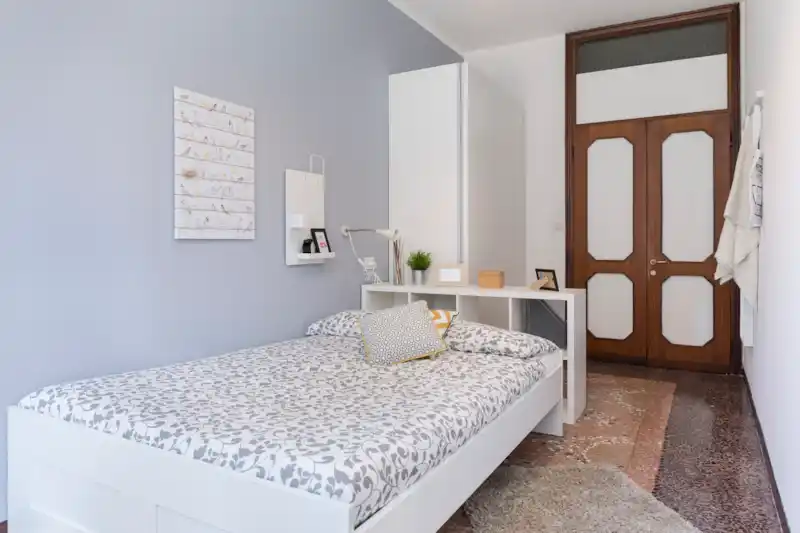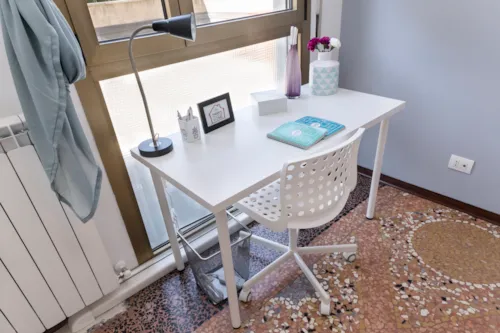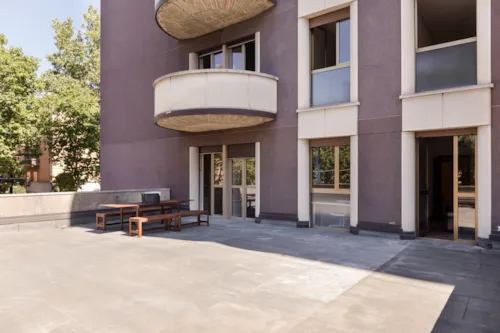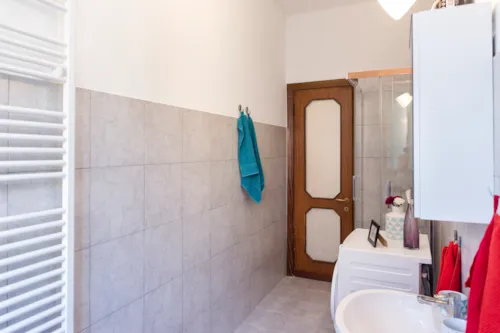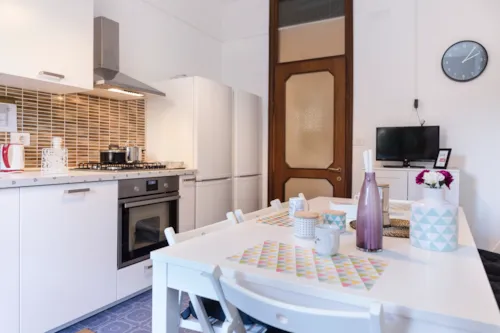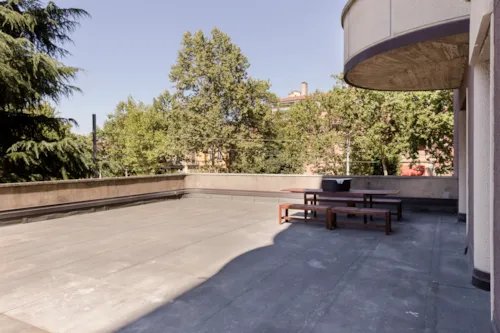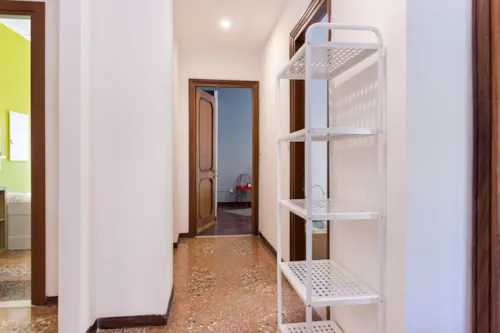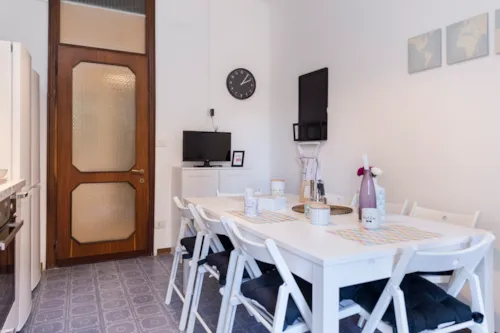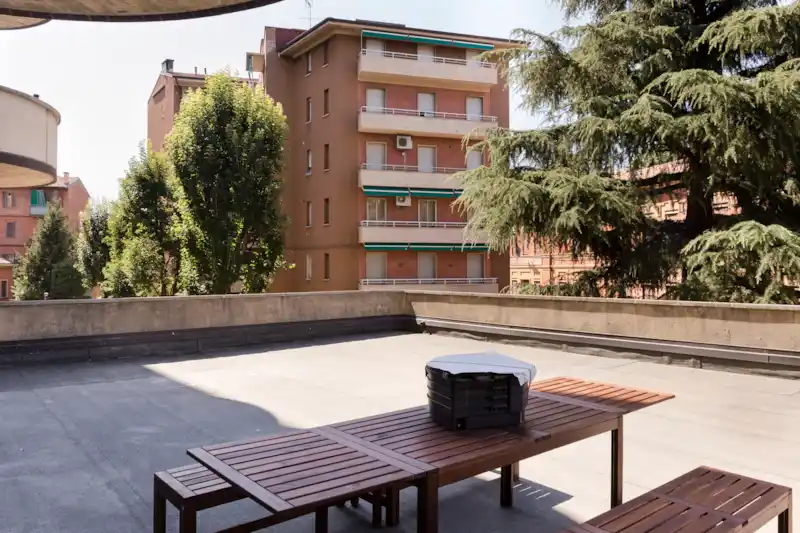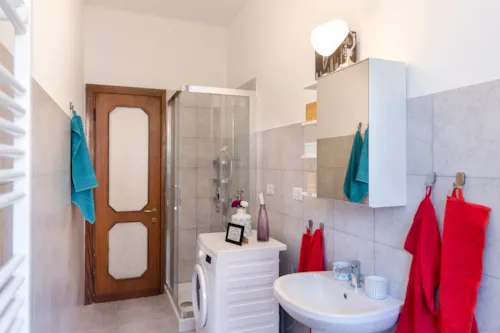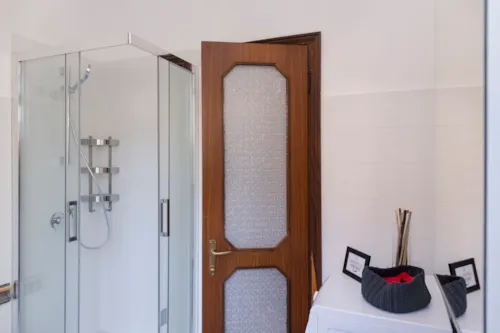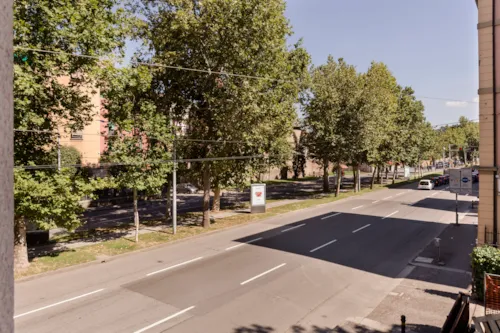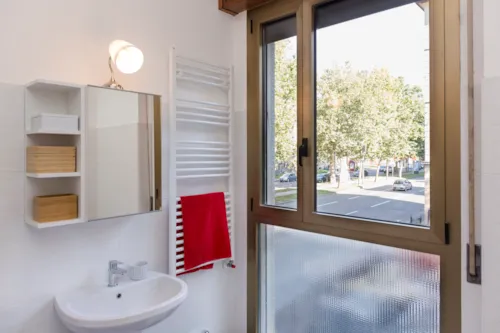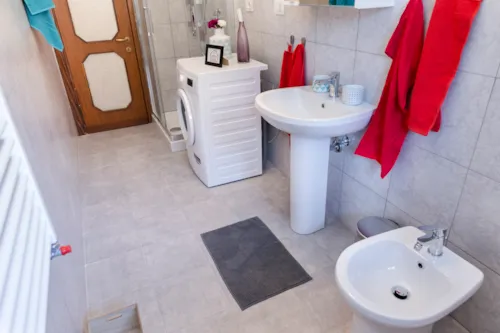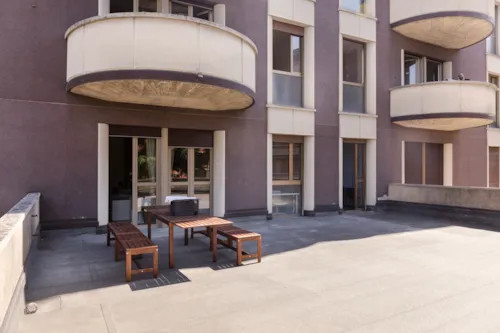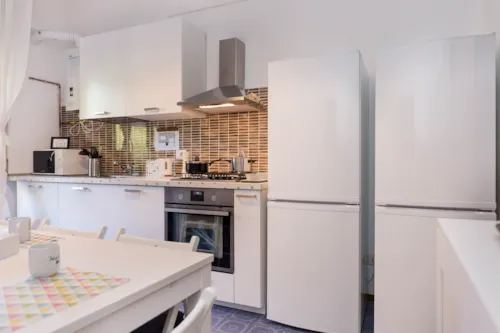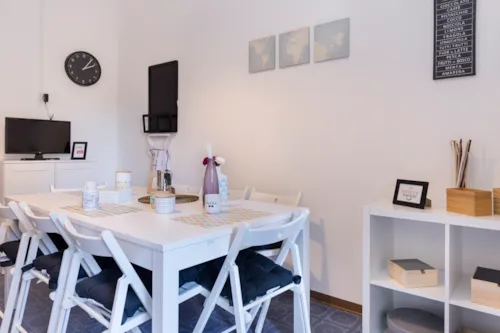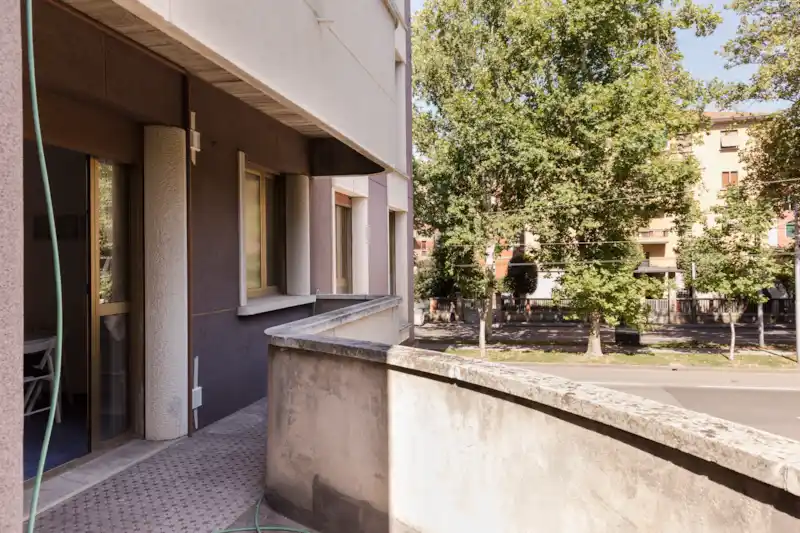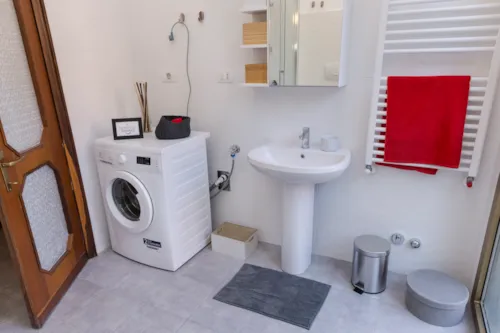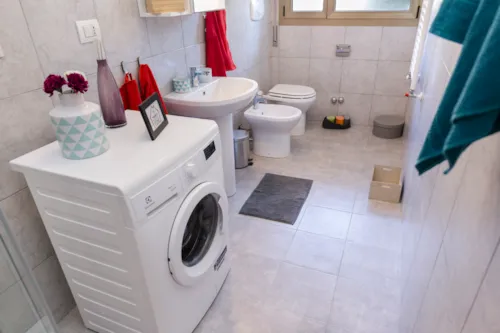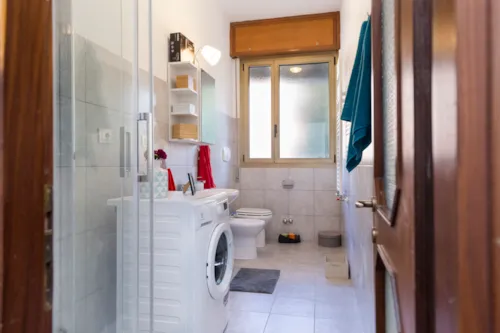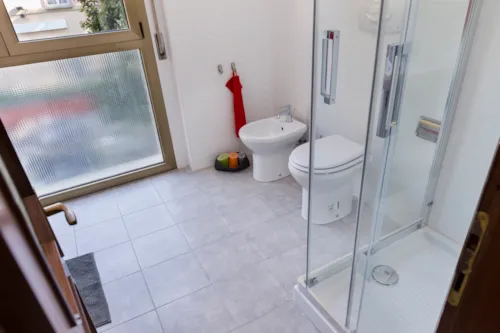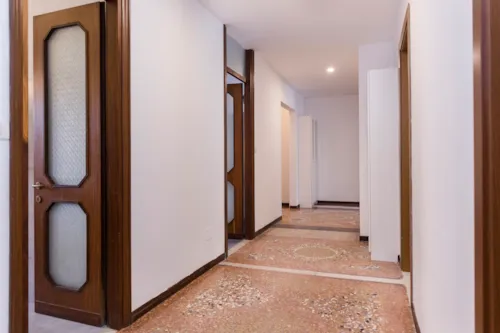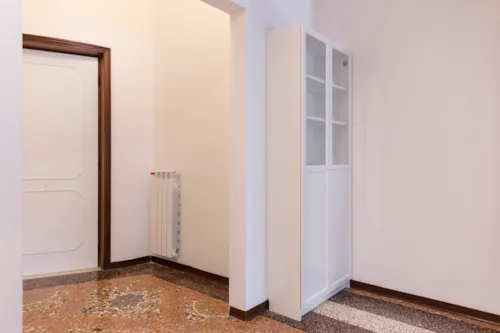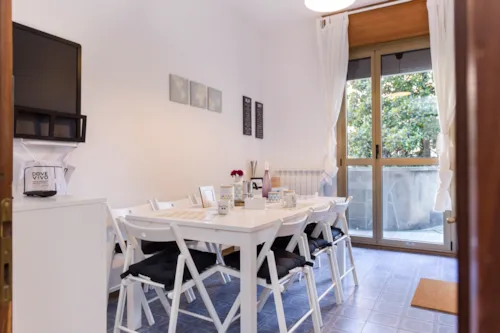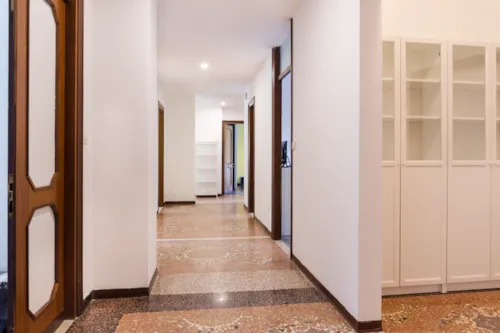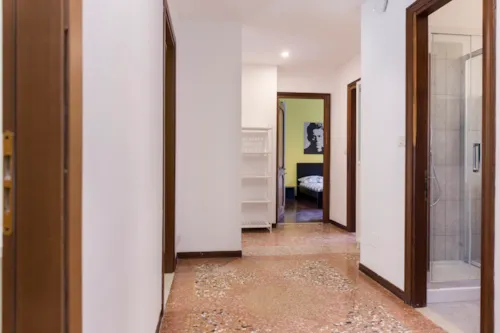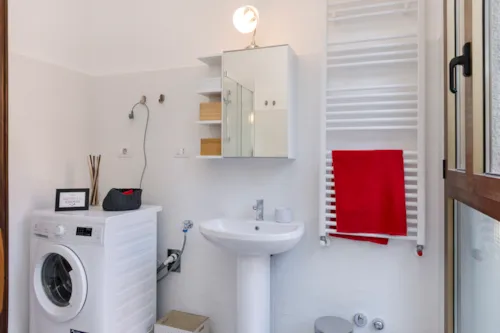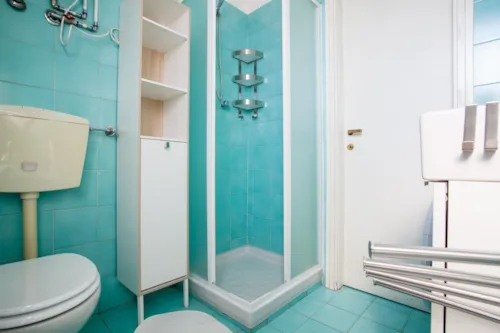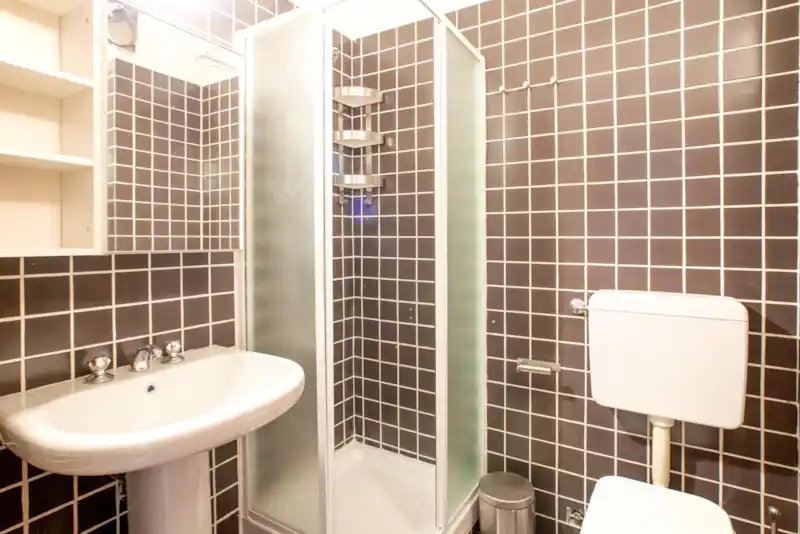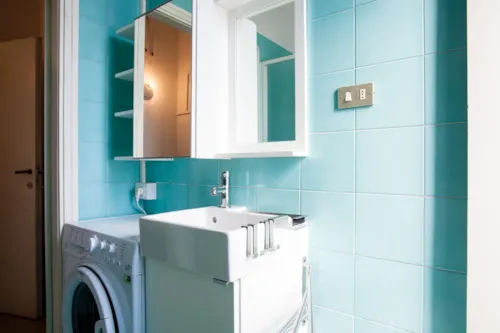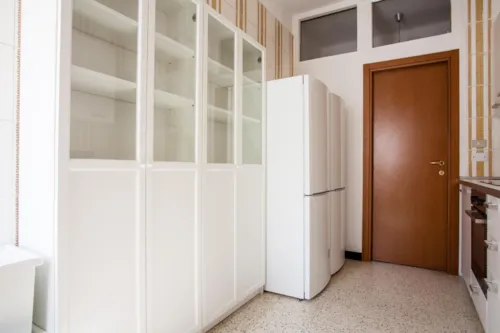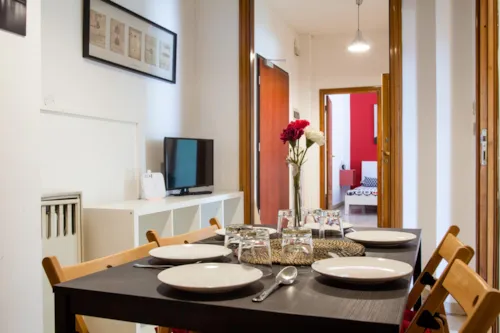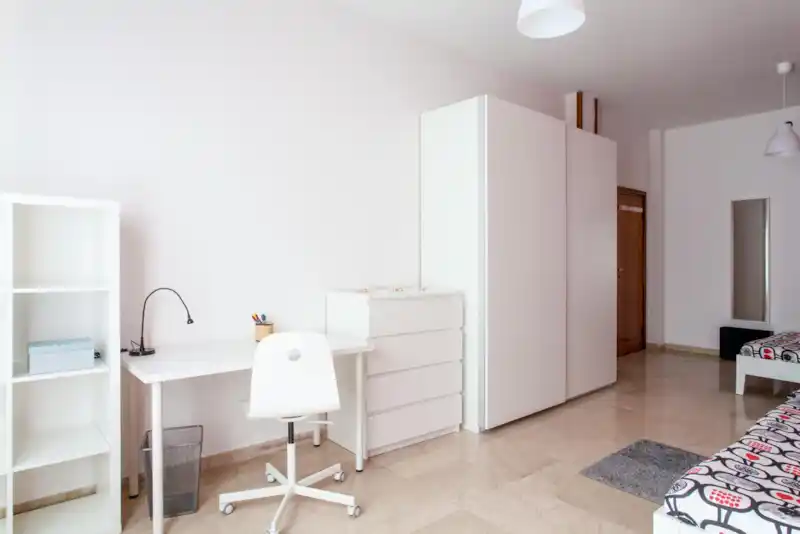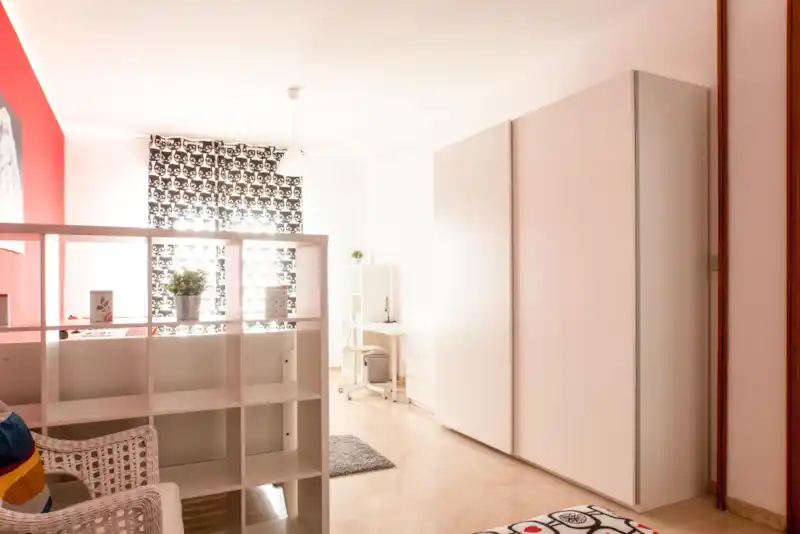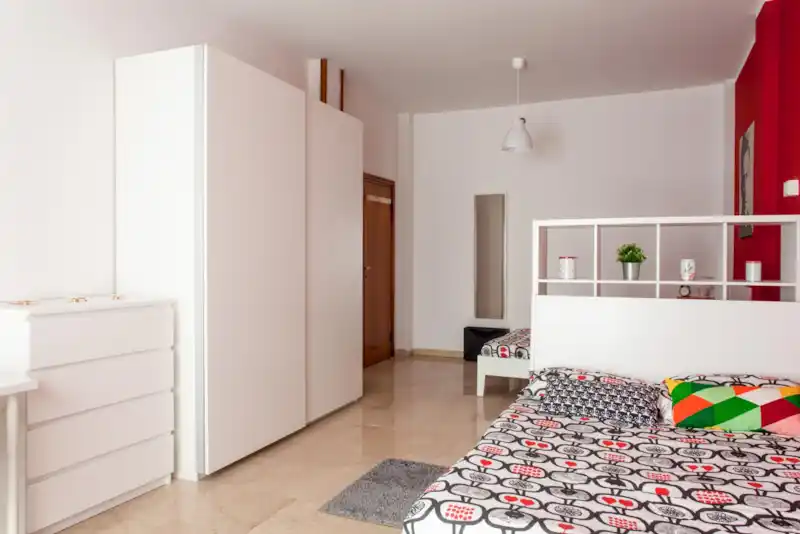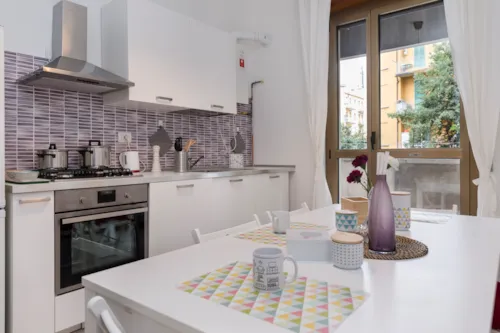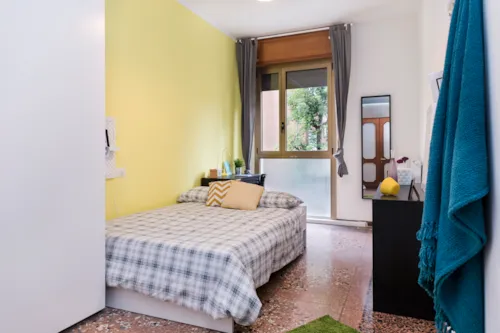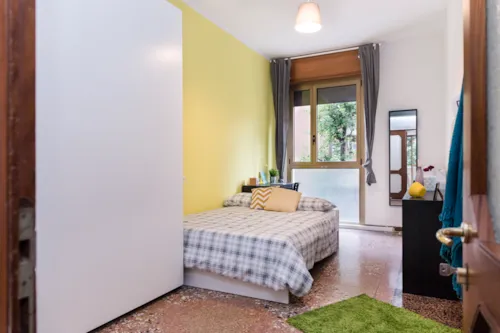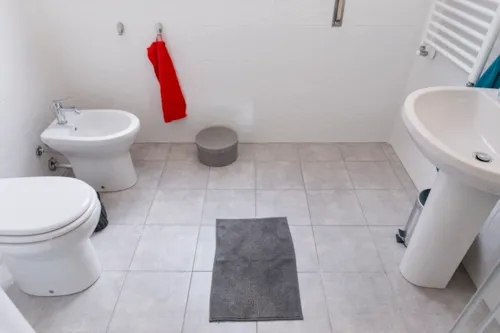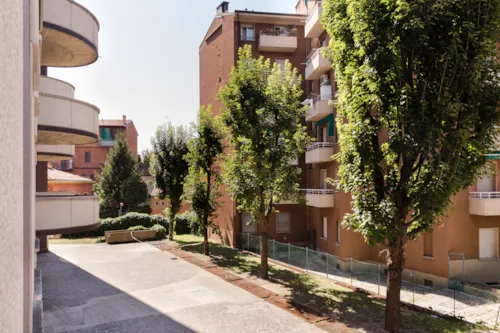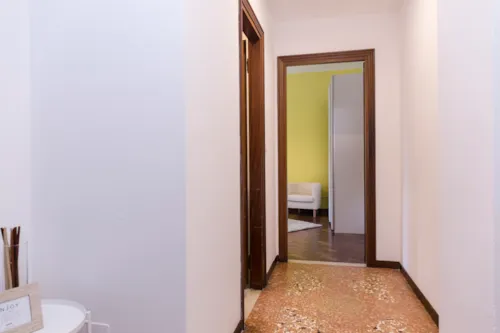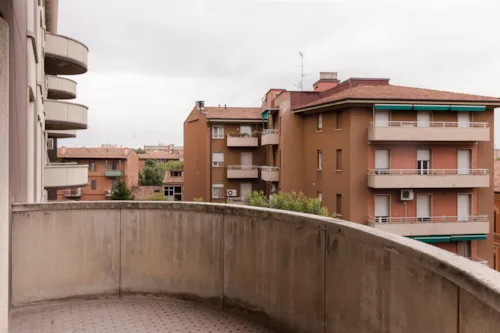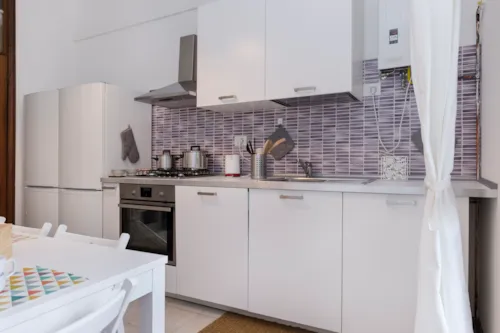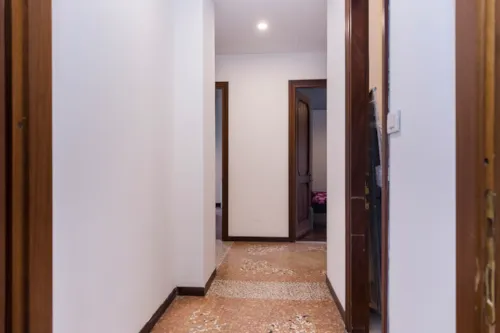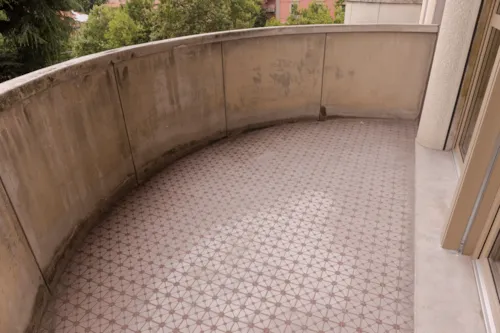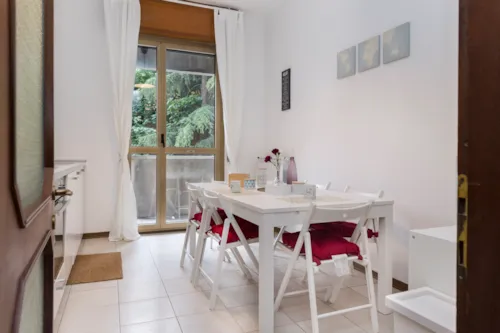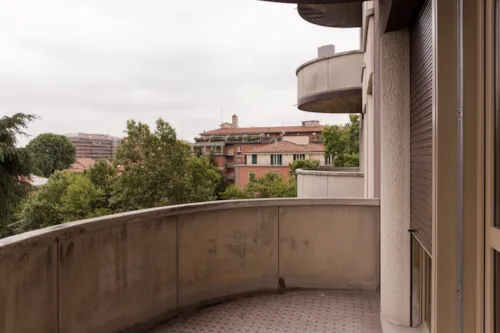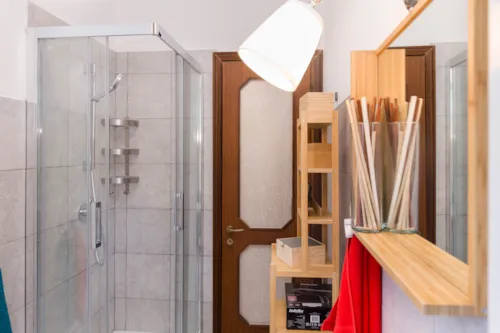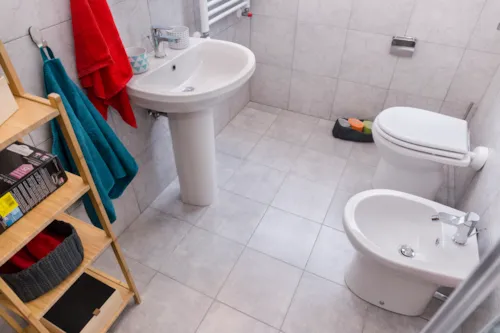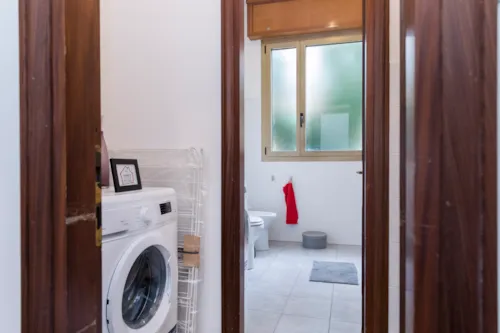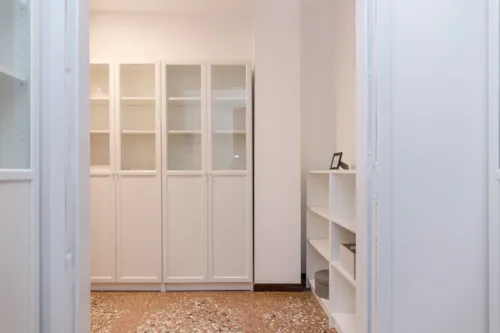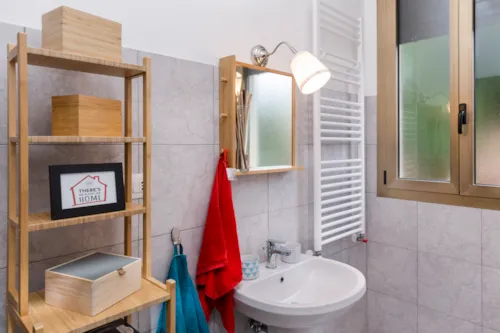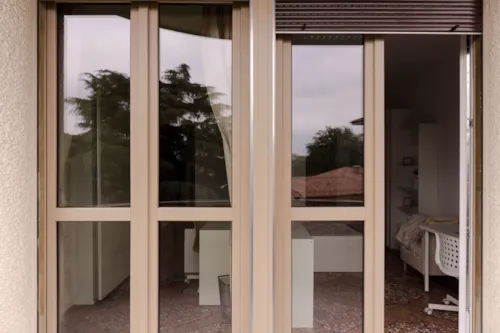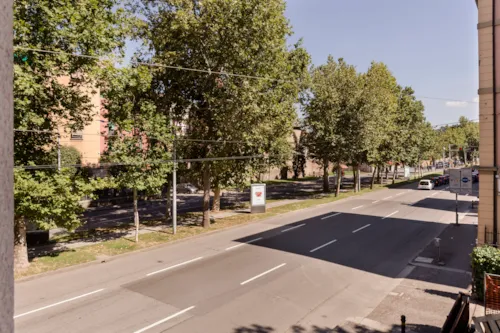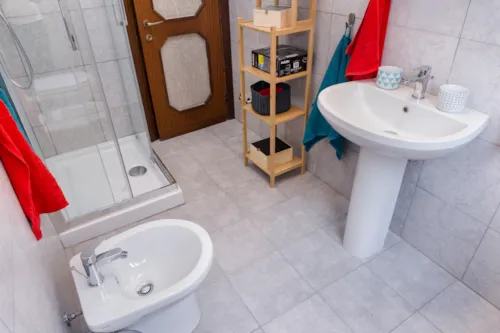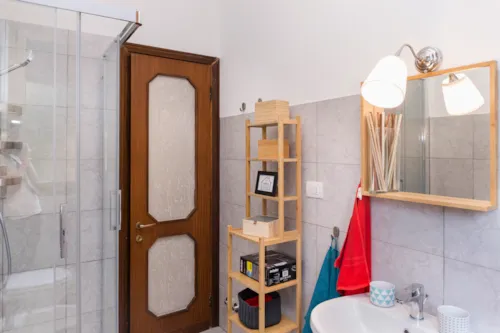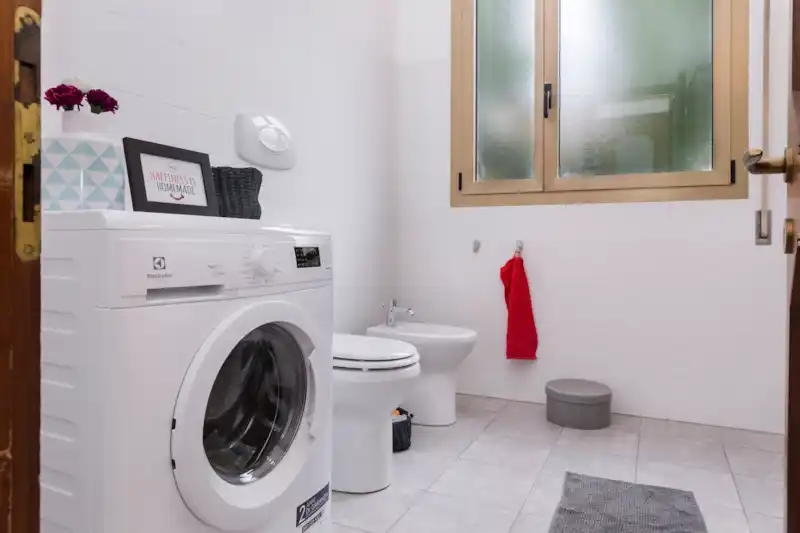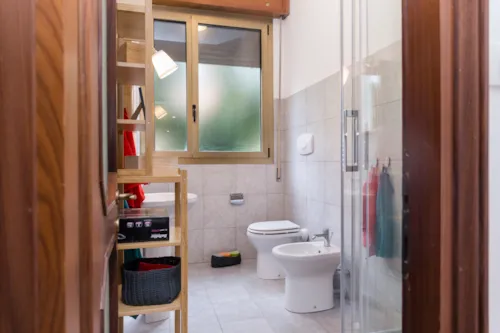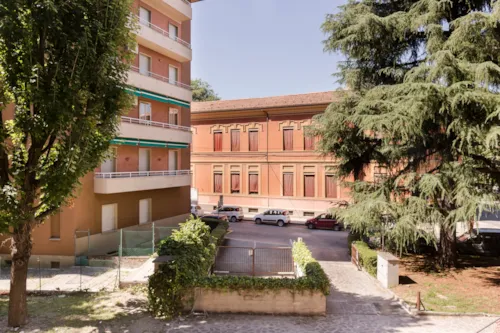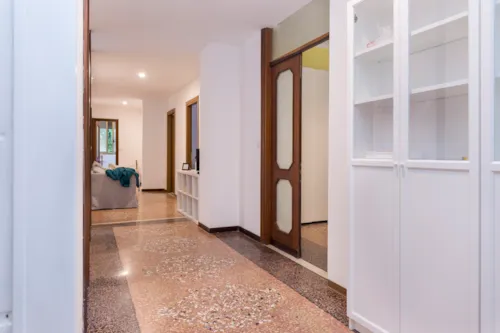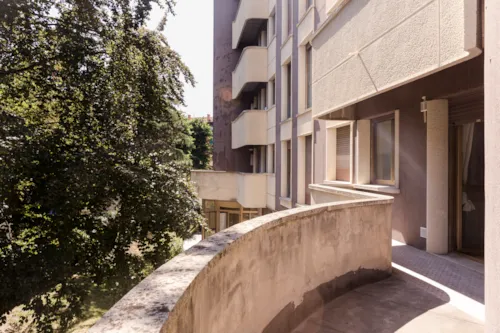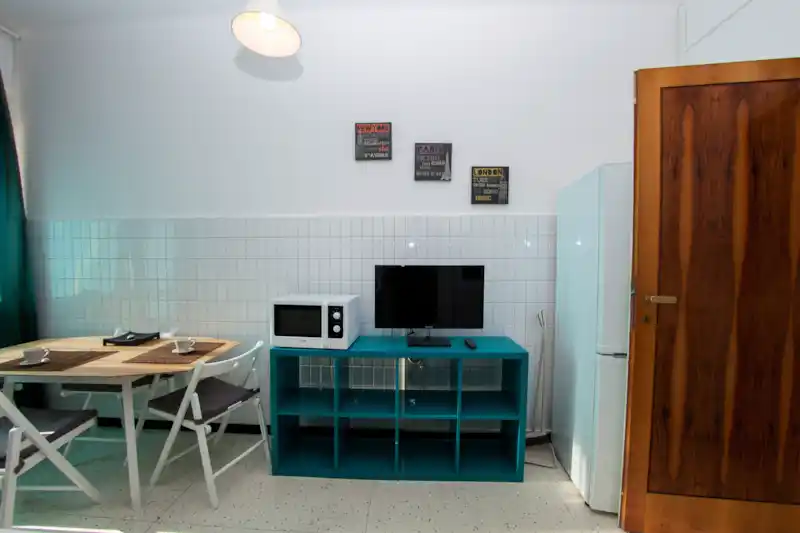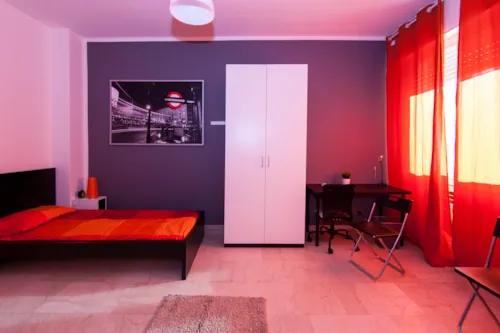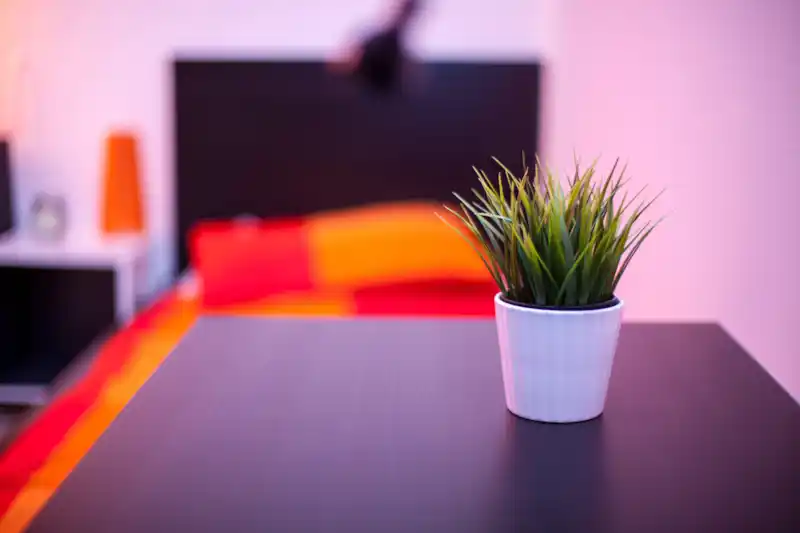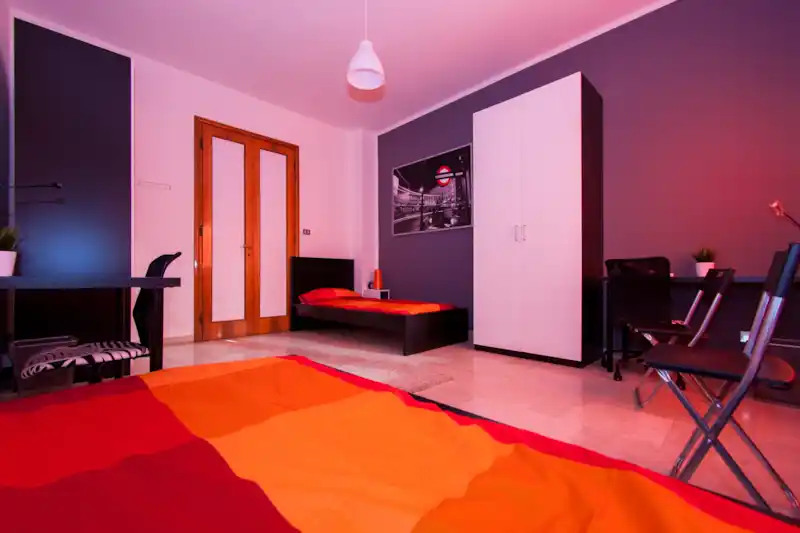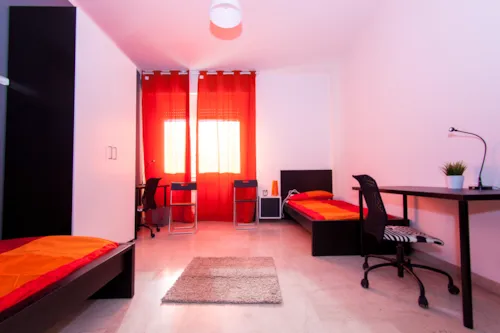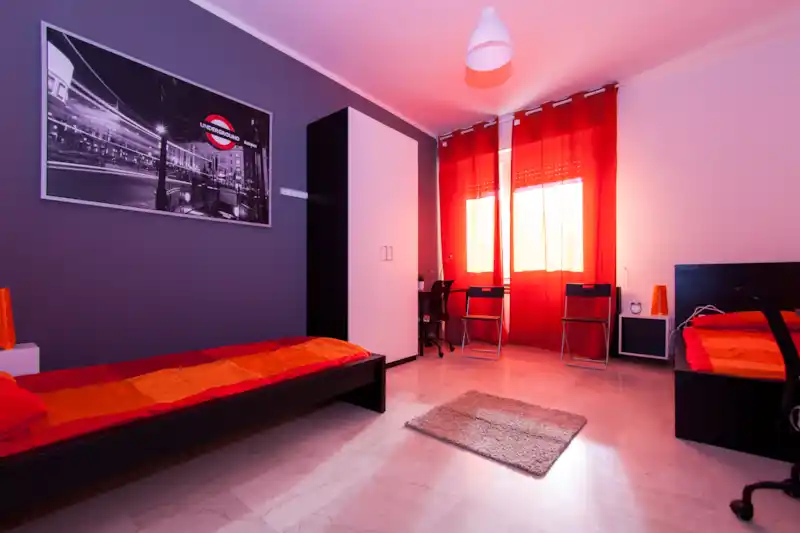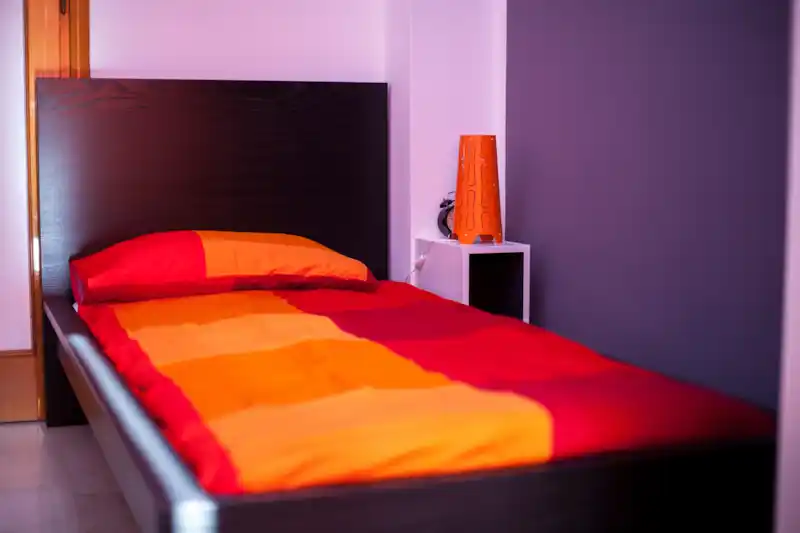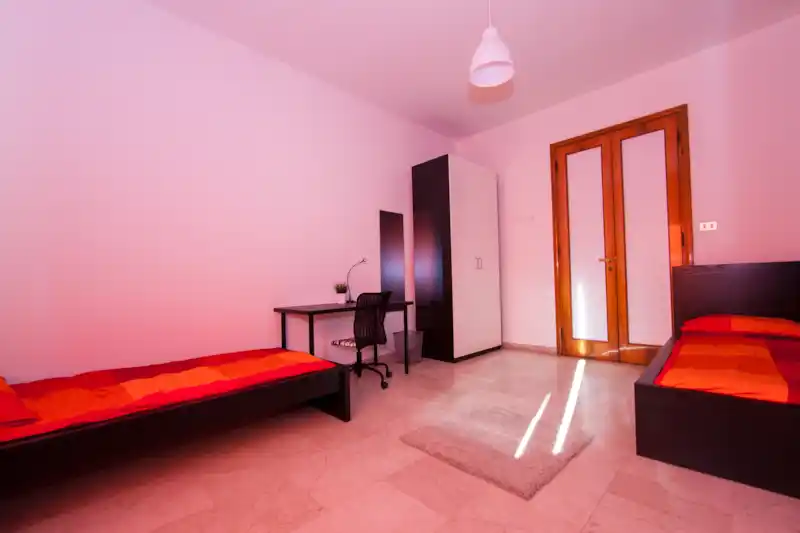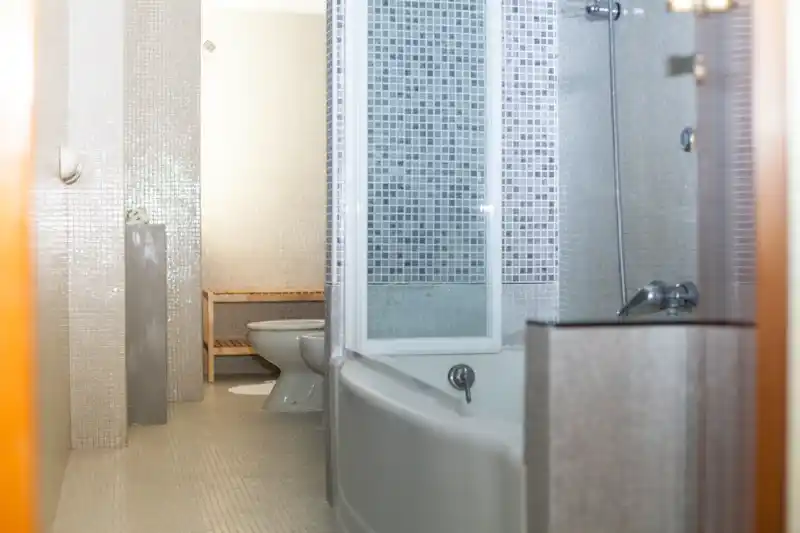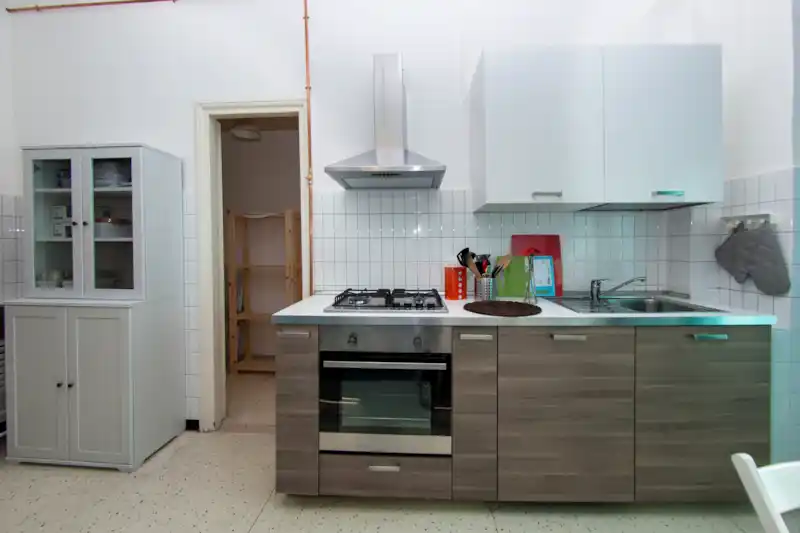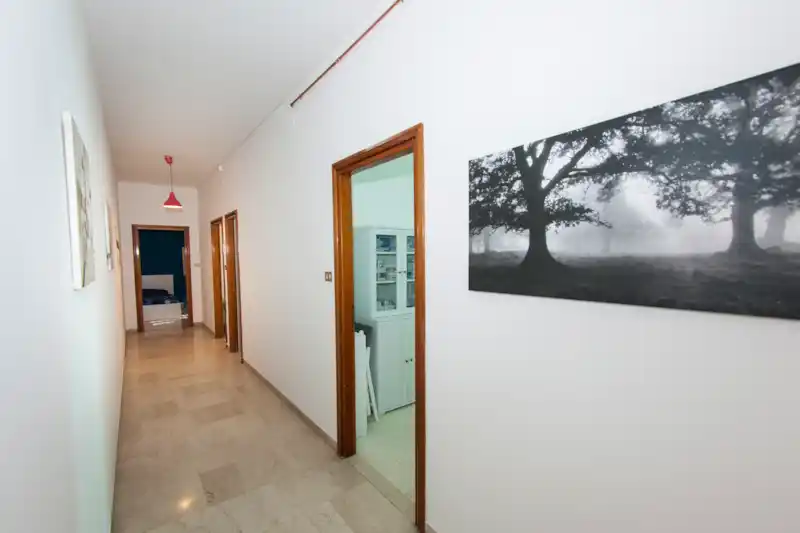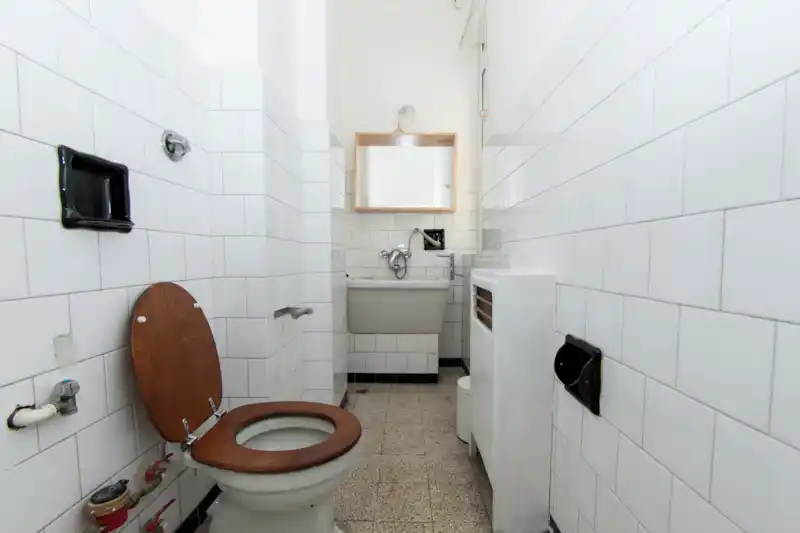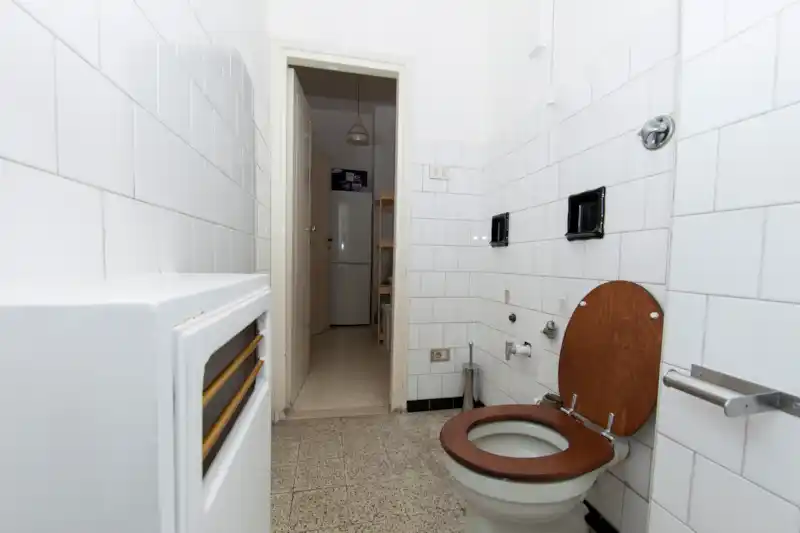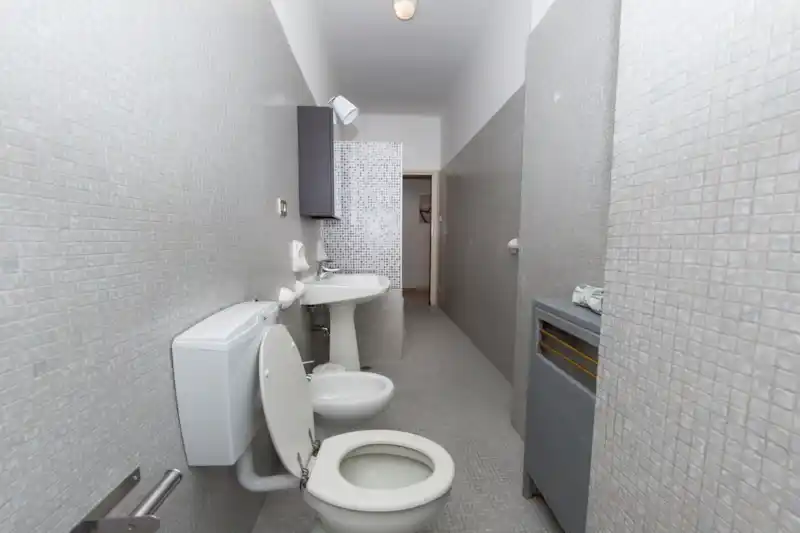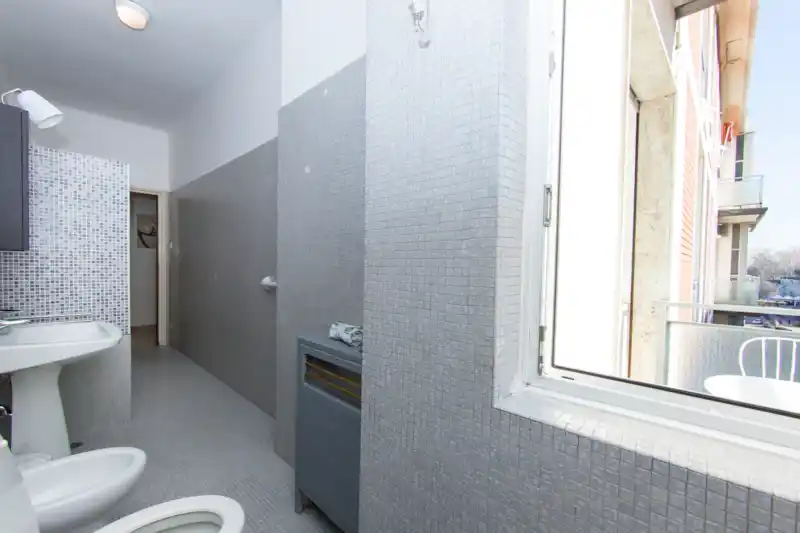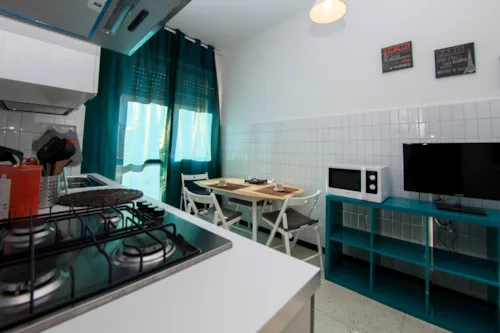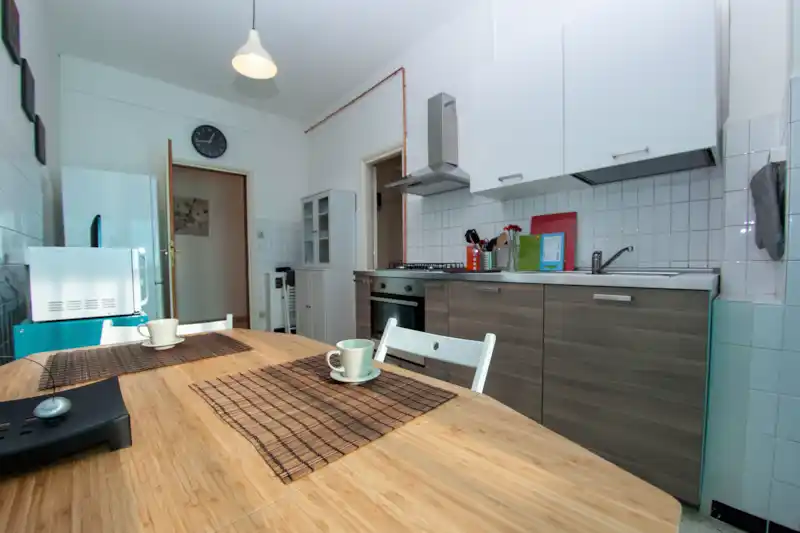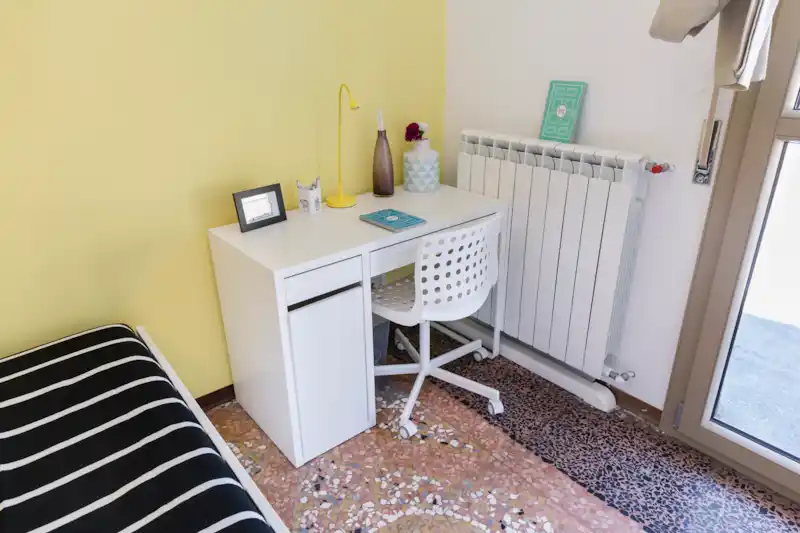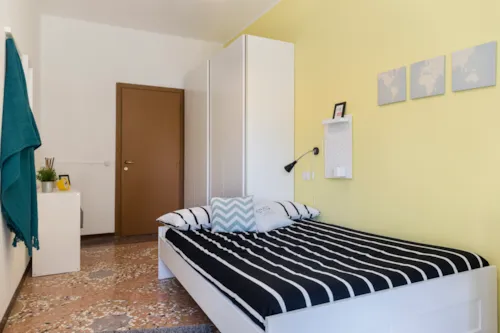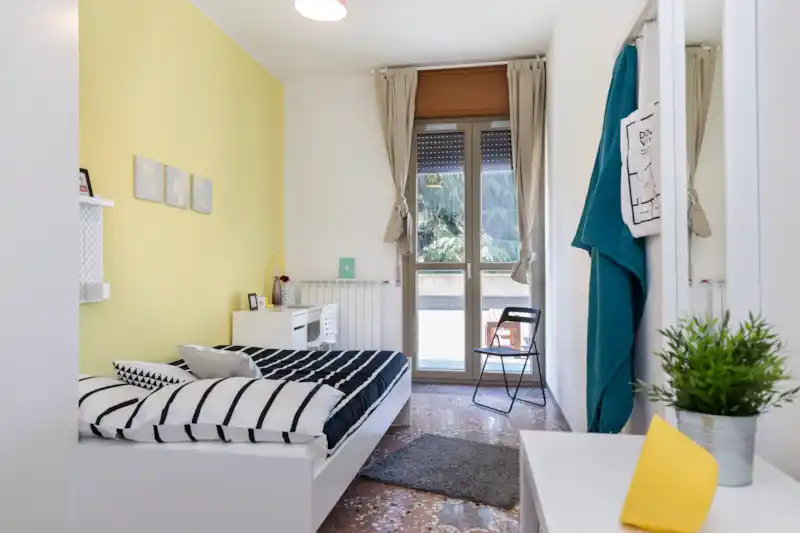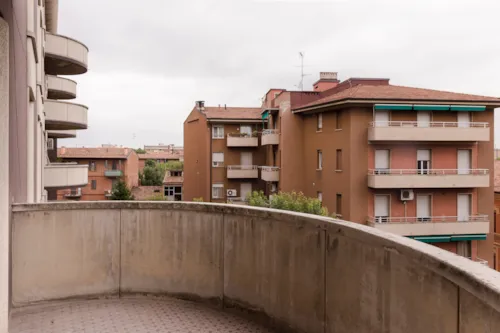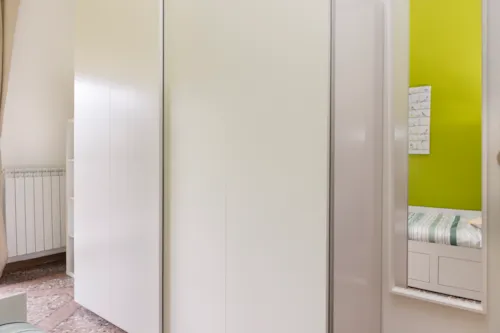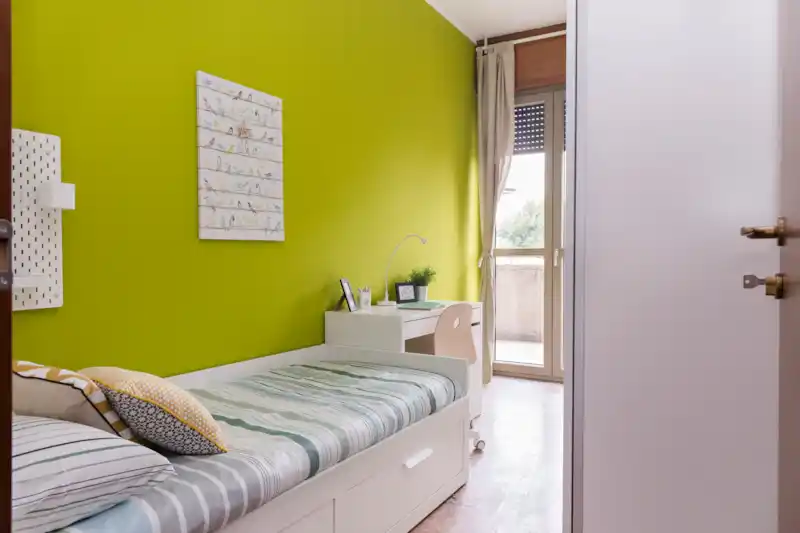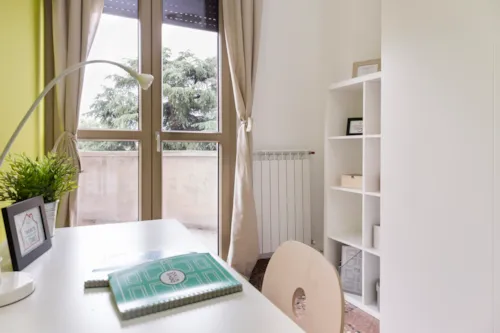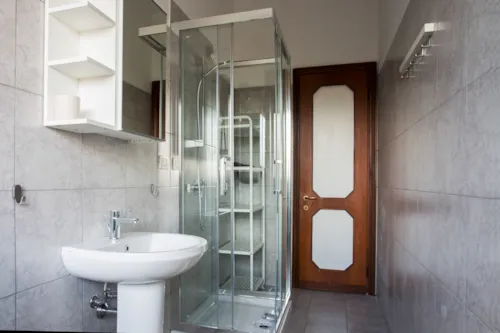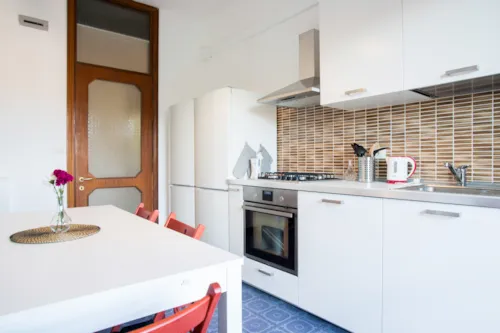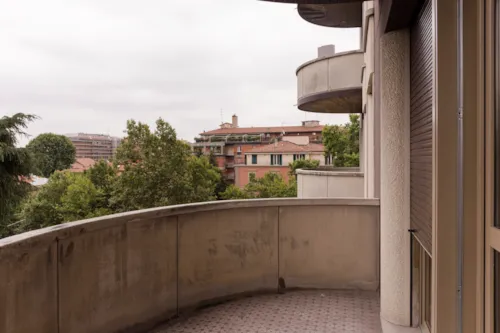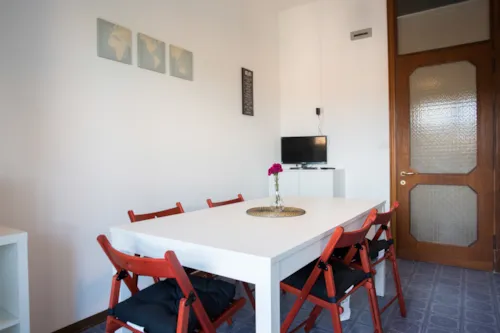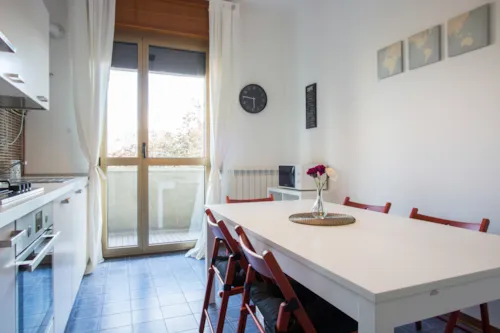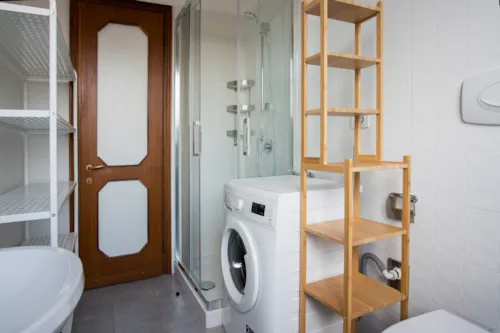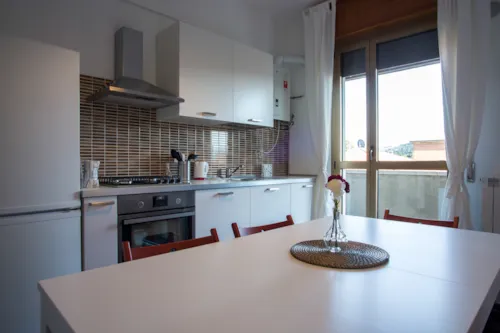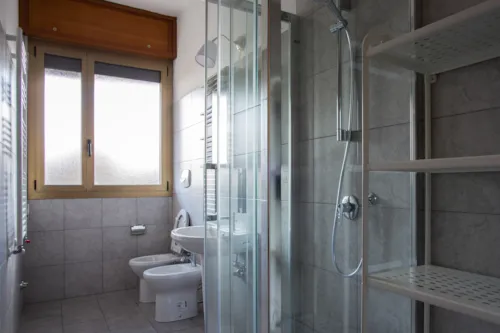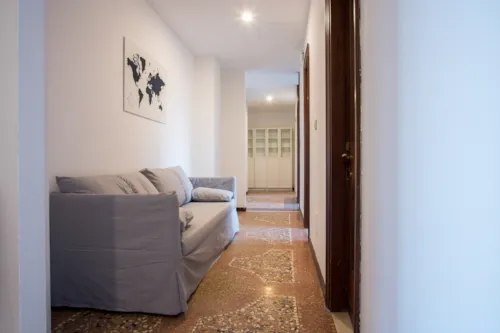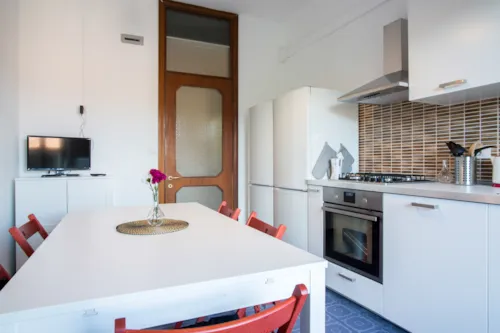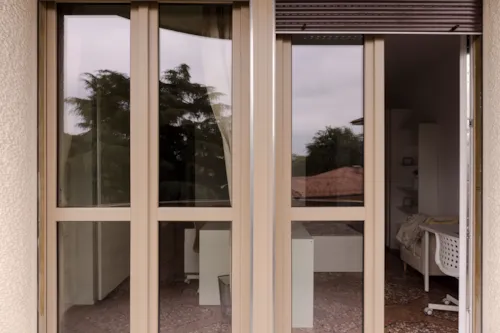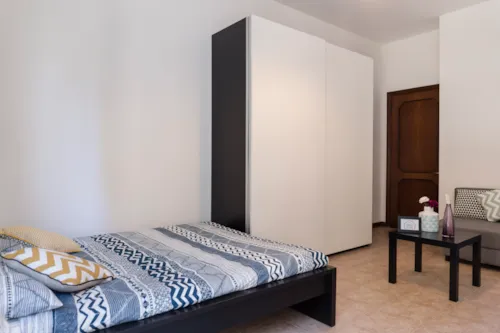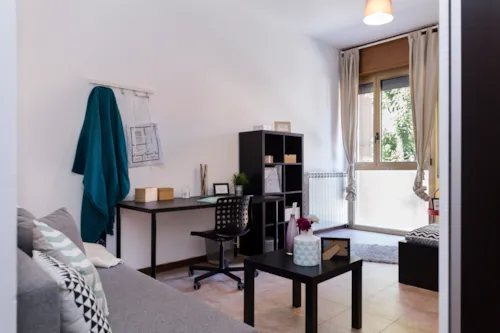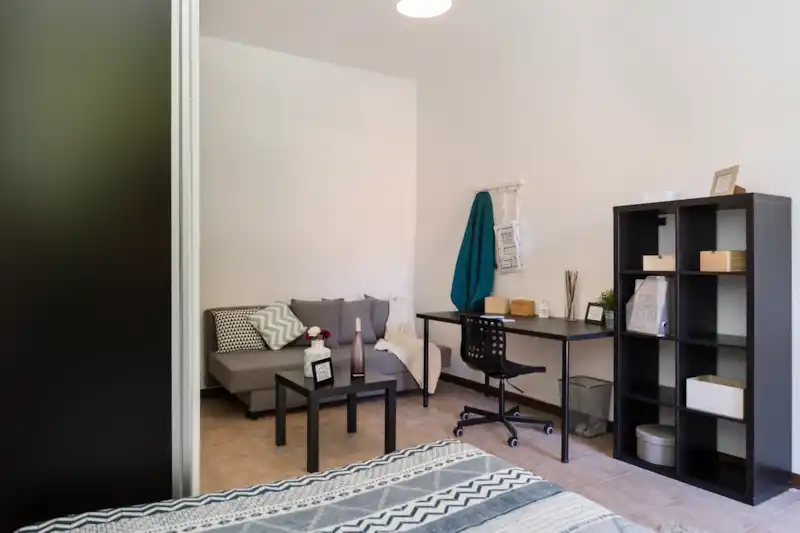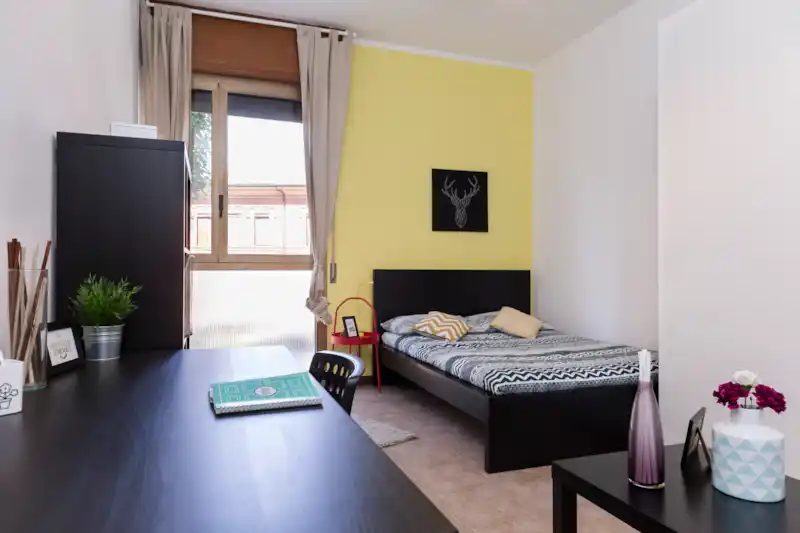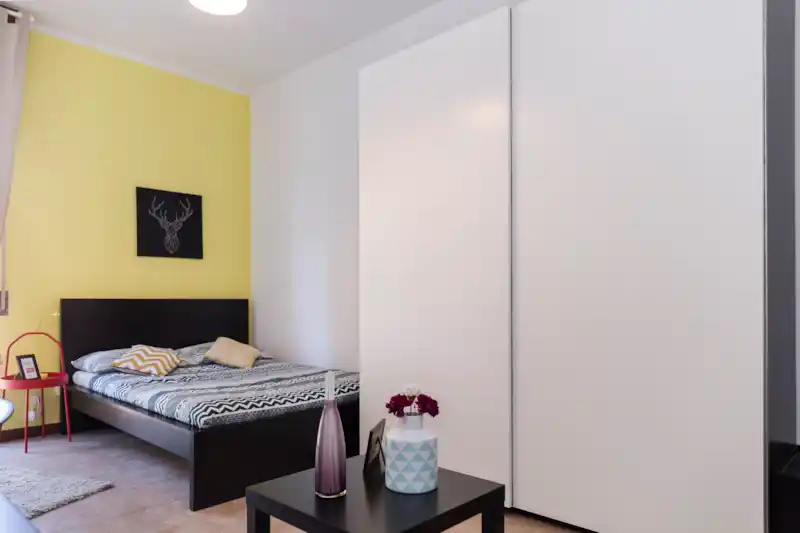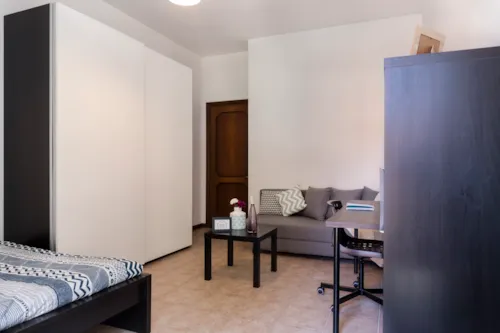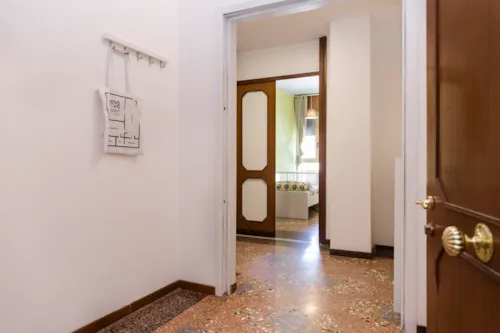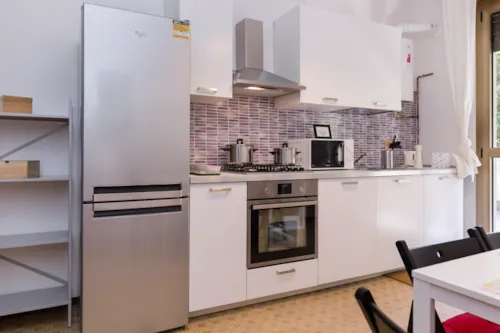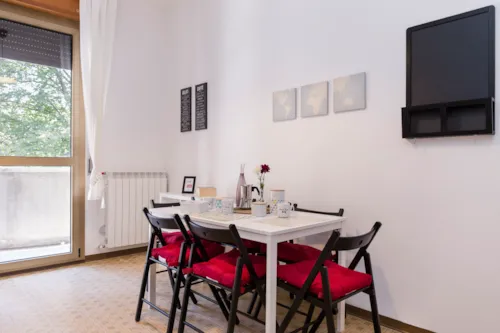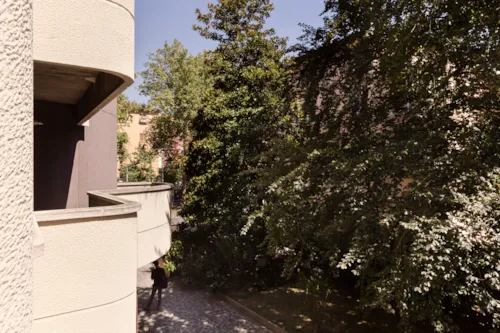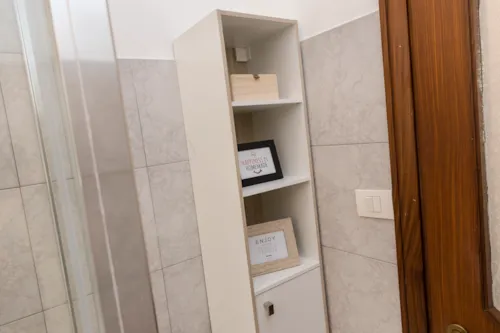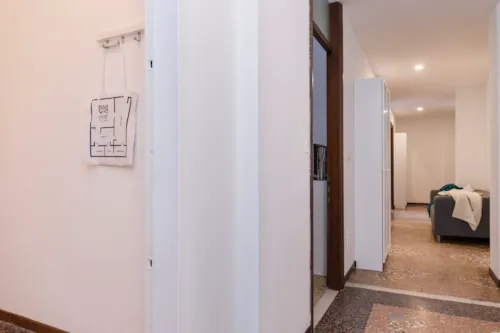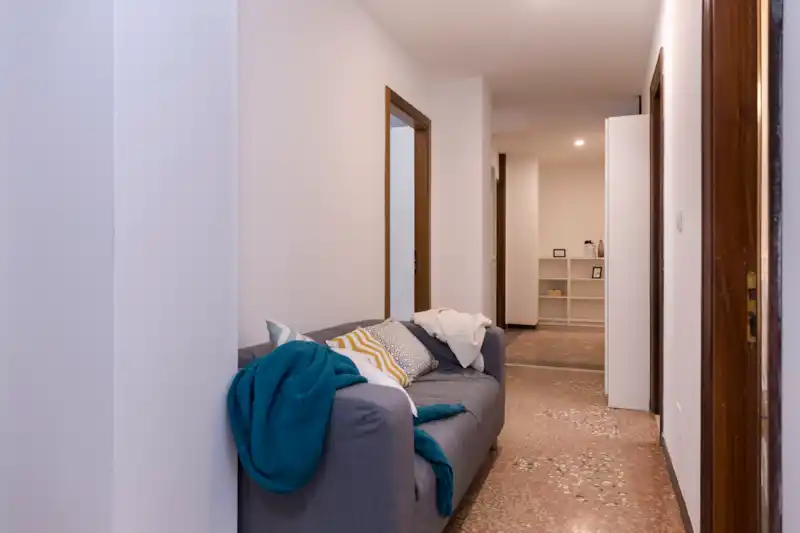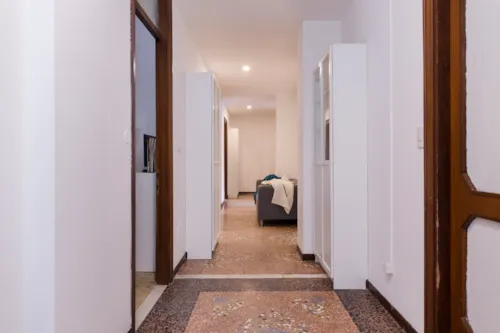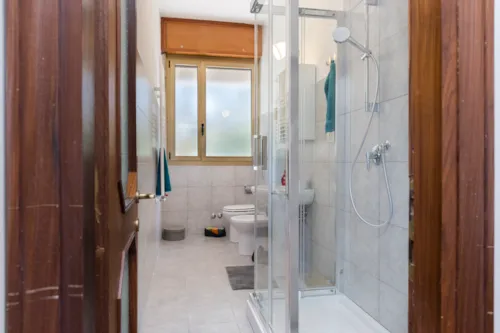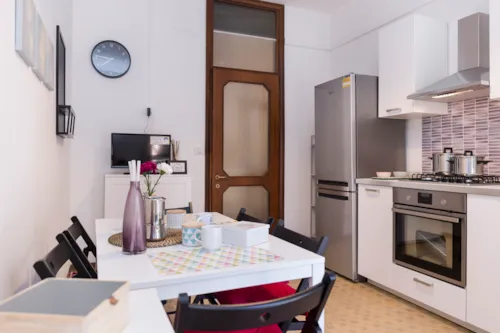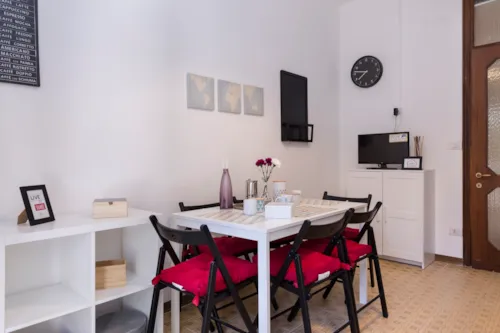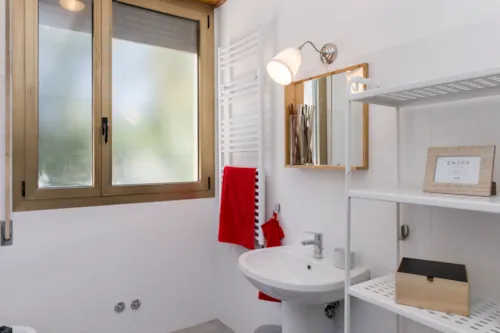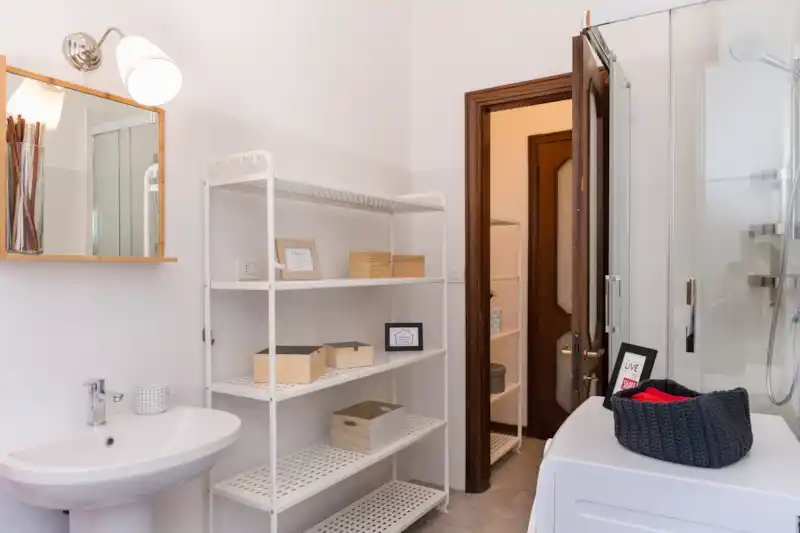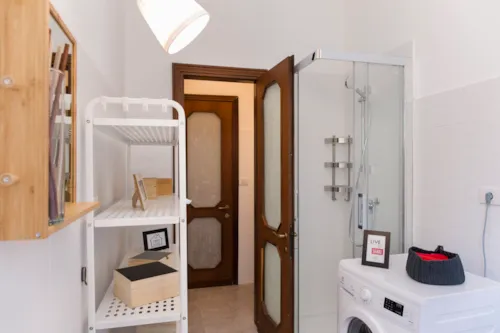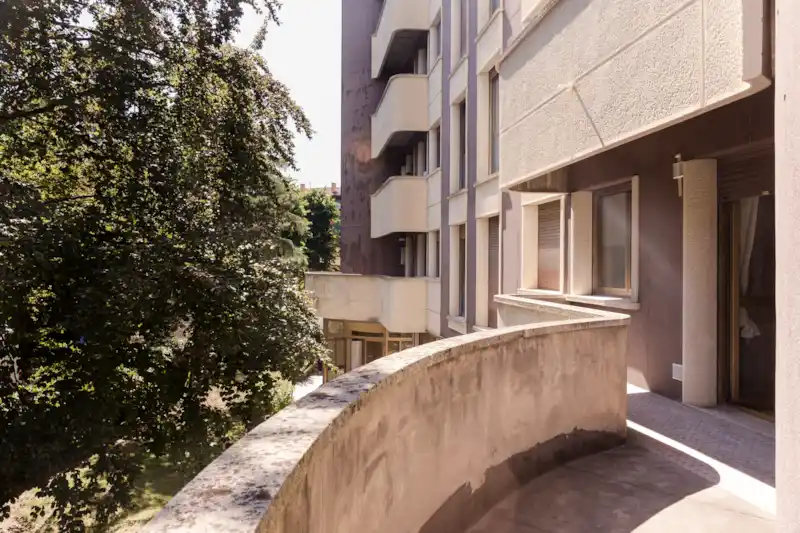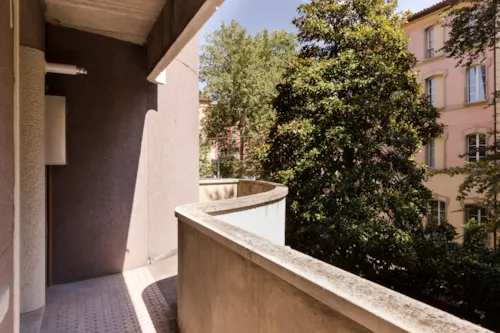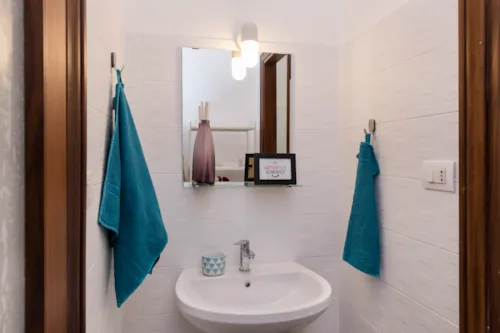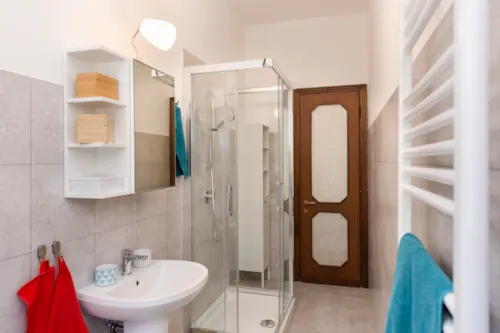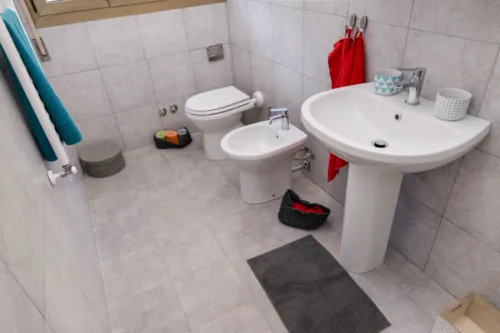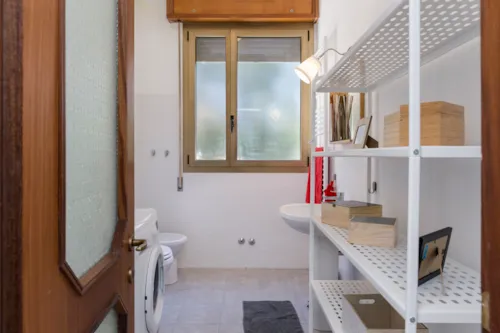Santo Stefano
The Santo Stefano district extends from the historic centre of Bologna towards the hilly area to the south. It was born in 1985 from the aggregation of the previous districts Galvani, Murri and Colli, then in 2016 the Irnerio area was added. The main artery of the district, from which it takes its name, is via Santo Stefano, which, outside Porta di Santo Stefano, becomes via Augusto Murri.
The district also includes the commercial area of the Quadrilatero and the university area, while towards the periphery it reaches a portion of the hills of Bologna: Barbiano, Roncrio, Paderno and Sabbiuno.
This is an affluent area, known to be one of the most elegant in the city and where people lead a medium-high lifestyle. In fact, even flat rents are to be considered the highest in the entire metropolitan area of Bologna.
It is a district well served by public transport and perfectly connected to the rest of the city. There is a dense network of buses and getting to Bologna's Central Station is easy; trains depart and arrive from there, connecting the city with the rest of the region and the country. In addition, it is also very pleasant and quick to get around on foot or by bicycle in the entire historic centre area.
We have no availability in this neighborhood
What to see and do
This district is home to the most attractions and places of interest to visit in the city. There are several squares, churches, monuments and historical buildings in the more central area, while it is rich in green areas in the more peripheral, hilly area.
Let us start by getting to know the area richest in history, art and culture, the one inside the city walls. The most famous square in the city is precisely Piazza Santo Stefano, which, through the street of the same name, leads to the well-known Towers of Bologna: degli Asinelli and Garisenda.
On one side of the square stands the Basilica di Santo Stefano, also known by the name Sette Chiese di Bologna (Seven Churches of Bologna). The origin of the appellation is probably due to the initial project that saw the construction of seven chapels to recall the places of the Passion of Christ. The complex includes the Church of the Crucifix, with the crucifix dominating the presbytery; the Basilica of the Sepulchre, with the water fountain that refers, in ancient Stephan symbology, to the sacred waters of the Giordano River. Also, the Church of San Vitale and Sant'Agricola, with the remains of the two Bolognese protomartyrs; inside, there is the Courtyard of Pilate, the Church of the Martyrium, the Medieval Cloister and the Museum of Santo Stefano.

Bologna's most important square, however, is Piazza Maggiore, overlooked by the city's main historical buildings: Palazzo del Podestà, Palazzo d'Accursio, which today houses the city hall, Palazzo dei Banchi, once the site of workshops, also known as 'banchi', that practised the art of money changing, and the Basilica of San Petronio.
Nearby is also Piazza del Nettuno, also known as the 'giant's square' due to the presence of the imposing statue of Neptune. Also noteworthy is the Palazzo dell'Archiginnasio, which has a long portico with 30 arches on the outside and houses the Municipal Library on the inside.
To the south, on the other hand, there are gardens and green areas: the Margherita Gardens, a true lung for Santo Stefano and the city, where there is a lake, trees, lawns, and paths for walking and jogging. Also, the Lunetta Gamberini Gardens and the Villa Ghigi Park.
Where to eat and drink
In the network of narrow streets and alleyways that characterise the centre of Bologna, you will also find several restaurants, osterias and bars where you can find hospitality from lunch to dinner, or for an aperitif or an evening drink.
Let's start with a review of the restaurants in Via Santo Stefano and the Piazza of the same name: Bolpetta, a restaurant serving traditional cuisine and, of course, excellent meatballs; Hosteria del Vicolo, a bistro with tasty dishes and a nice selection of gin; Grassilli, also here traditional and classic Italian dishes, with a well-stocked wine list.
Proceeding down the street: Camera con Vista Bistrot, creative dishes and finely blended cocktails; Ristorante Da Cesarina, regional cold cuts platters, pasta dishes and grilled meat. Moving to neighbouring streets: Sfoglia Rina, a restaurant offering homemade pasta and traditional recipes; Ristorante C'Era Una Volta, a retro atmosphere and an Emilian menu but with an original touch. Ristorante Radici | Terra d'amare, a seafood restaurant; CARDO, proposals that are also vegan, vegetarian and nutritionally balanced.
In addition to traditional taverns, there is also a wide choice of pizzerias in Santo Stefano: Pizzeria Pino, Vasinikò, a Neapolitan pizzeria, Fradiavolo Pizzeria, light pizza with various types of mixture, Pizzeria Due Torri, for takeaway pizza. Other options for a quick snack: Fabbri Piadinerie E Non Solo, here you can eat the typical piadina from Romagna, Piadineria la Piadeina, Piada Mia, Las Piadina.
In the Piazza Santo Stefano area there are also few places to stop for an italian aperitivo: Il Caffè della Corte Bistrot, an elegant café offering cocktails and light snacks; Bloom, a club specialising in cocktails that is also open until late. Moving a little further away from the piazza: Ruggine, chopping boards and cocktails, as well as first and second courses; Vineria Favalli, a wine bar for wine lovers; Birreria Popolare, the name speaks for itself, lots of excellent beers in an easy-going establishment.
Going beyond Porta Santo Stefano: Bolla Rosa Enoteca, Capo Nord Caffè Ristò, a cosy café, bar and restaurant.
Where to go shopping
The area of Santo Stefano, particularly the area that includes the centre, is full of shops and businesses offering all kinds of services to citizens.
The greatest concentration of activities is in the lively Santo Stefano Street. Clothing shops, such as La Boheme, Esther, Desi Abbigliamento and Filippi Vittoria Abbigliamento, and shoe shops, such as Kicky. There are also watch and jewellery shops, such as Barbara Fini's, various gift shops and herbalist shops, such as Erboristeria Rosaspina.
Here you will also find craft shops such as shoemakers for bag and shoe repairs, haberdashers, bicycle repairs. Then there are grocery shops and shops selling traditional gastronomic products. There are also supermarkets for simple everyday shopping.
Also worth considering is Corte Isolani, a covered passage connecting Via Santo Stefano and Strada Maggiore, which is architecturally beautiful. It has also been renovated with shops and restaurants, making it a sort of elegant and atypical shopping centre in the city centre.
Finally, on the second Sunday of every month, except in July and August, the Bologna Antiques Market comes to life in Piazza Santo Stefano. In the stalls you can find really anything: artefacts, books, vinyl records, costume jewellery, vintage clothes and much more.
Some questions?
Have more questions?

